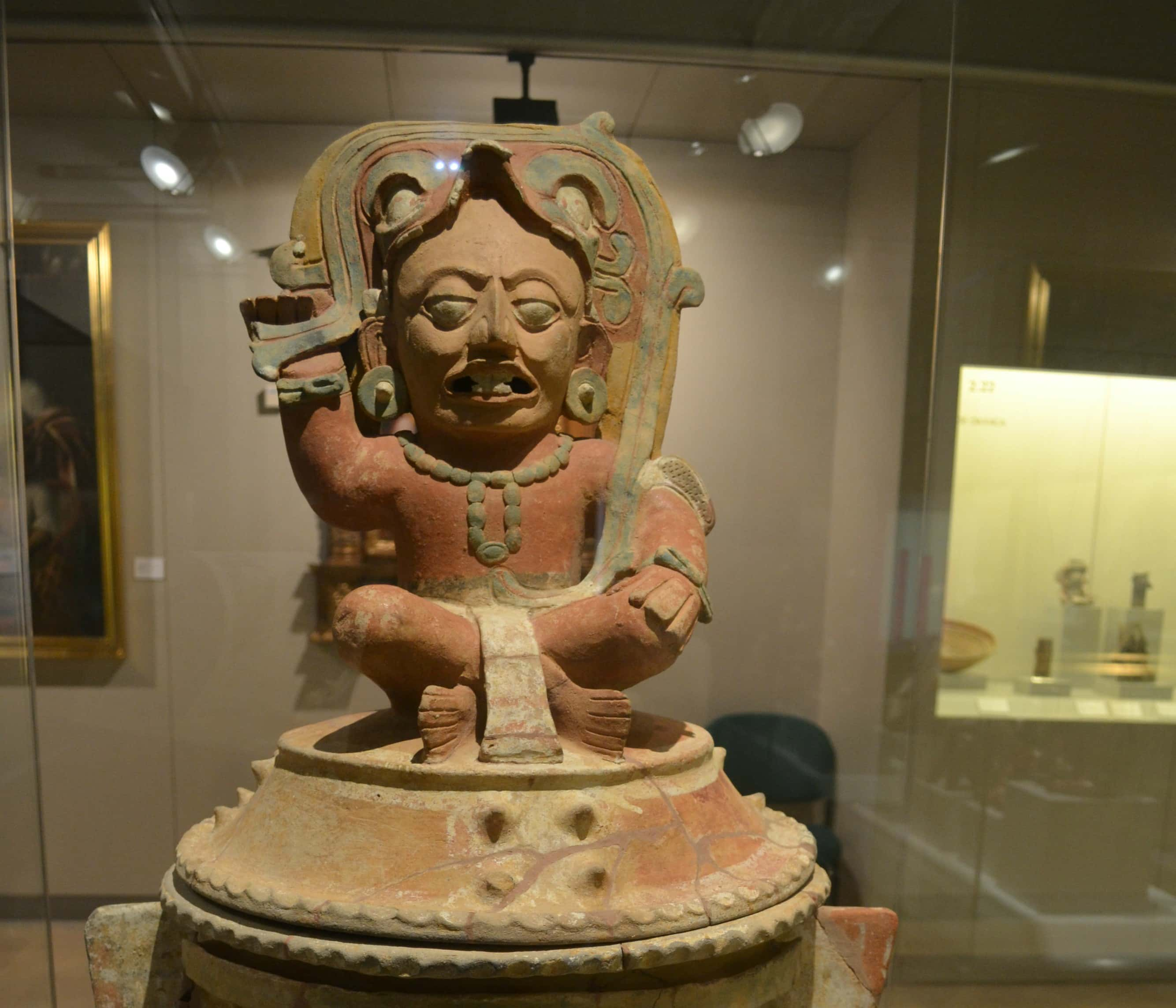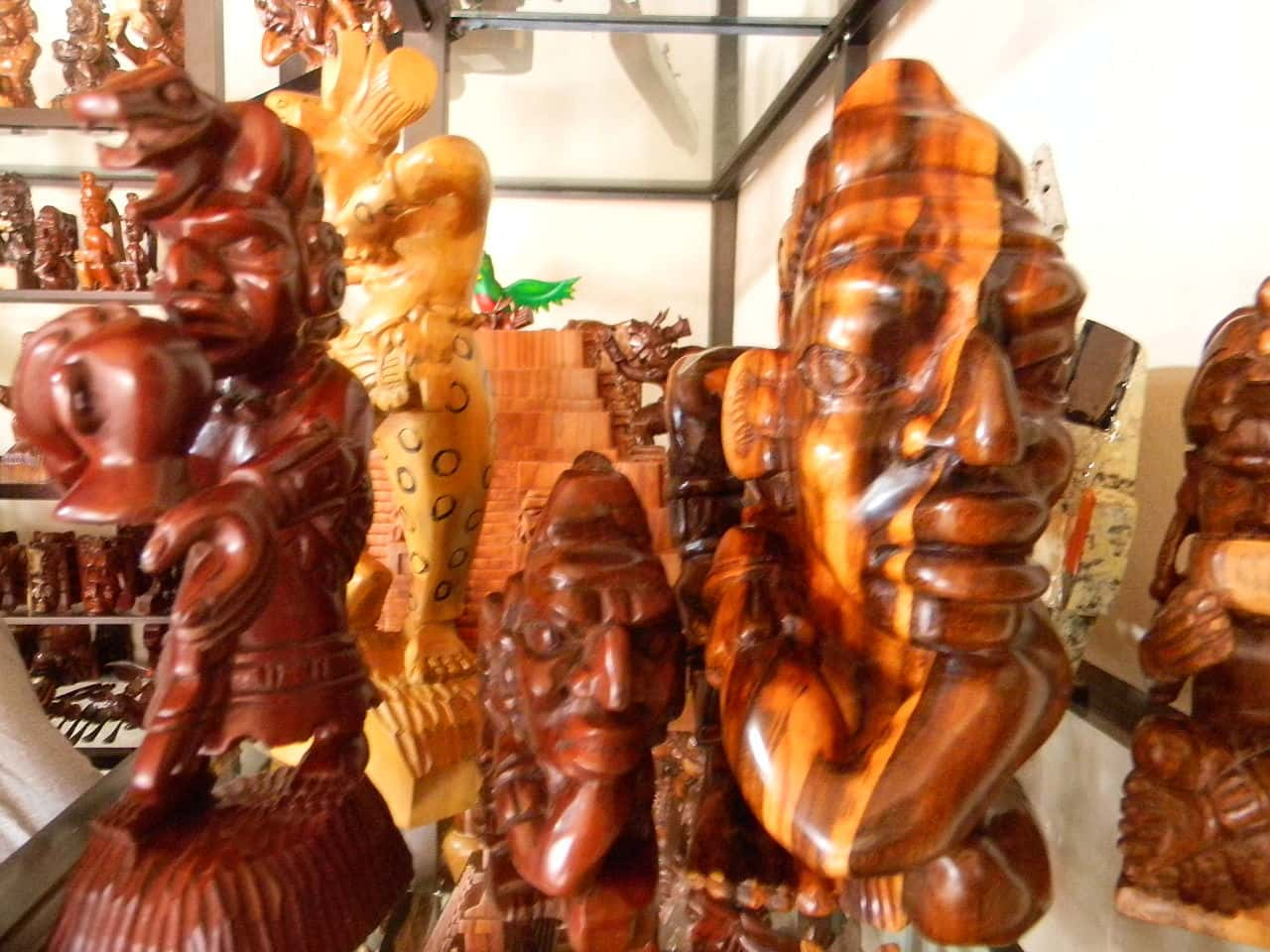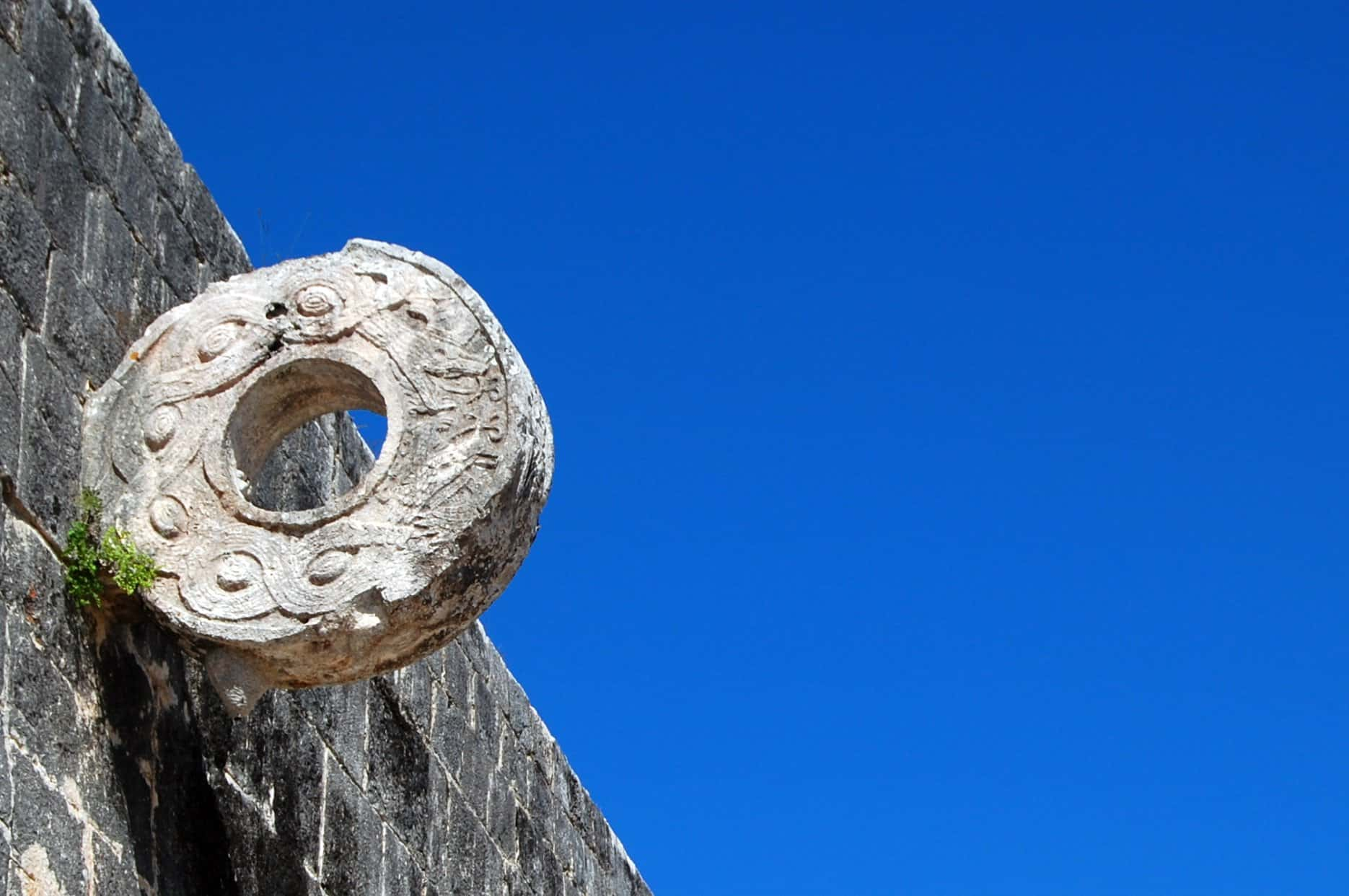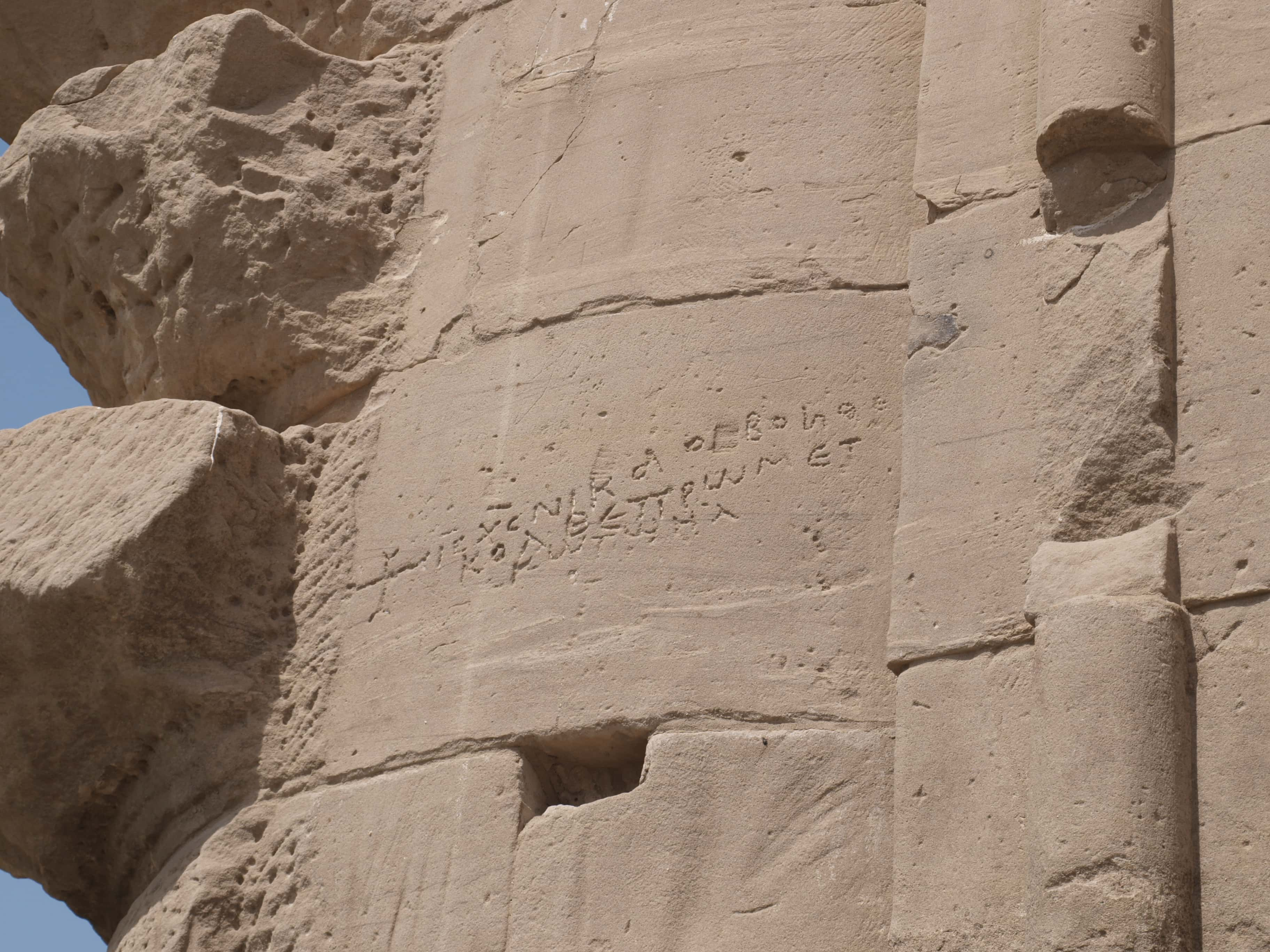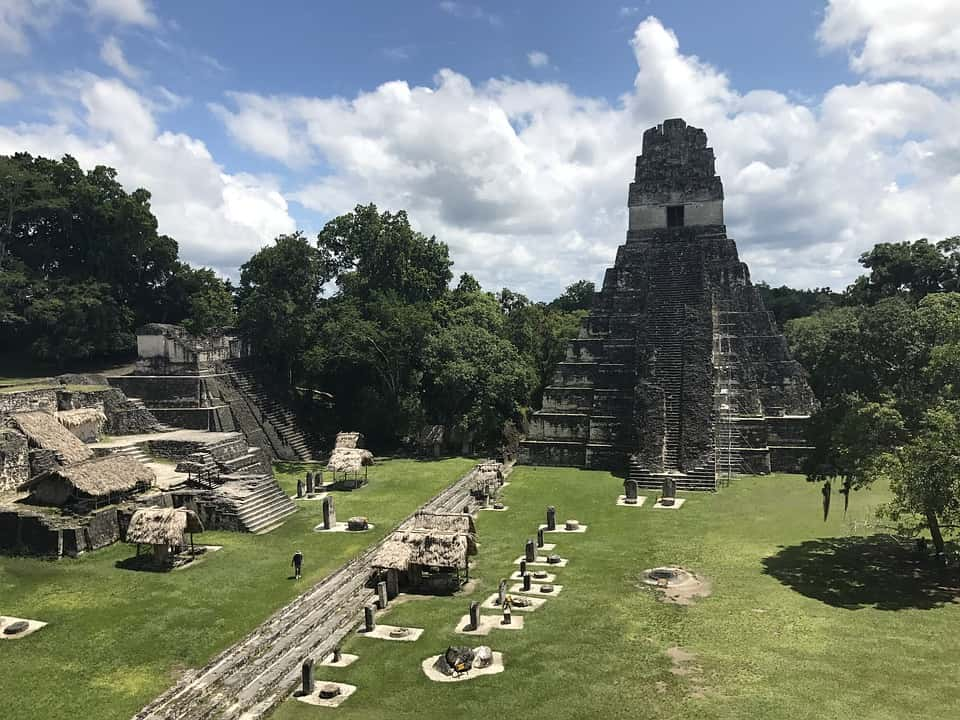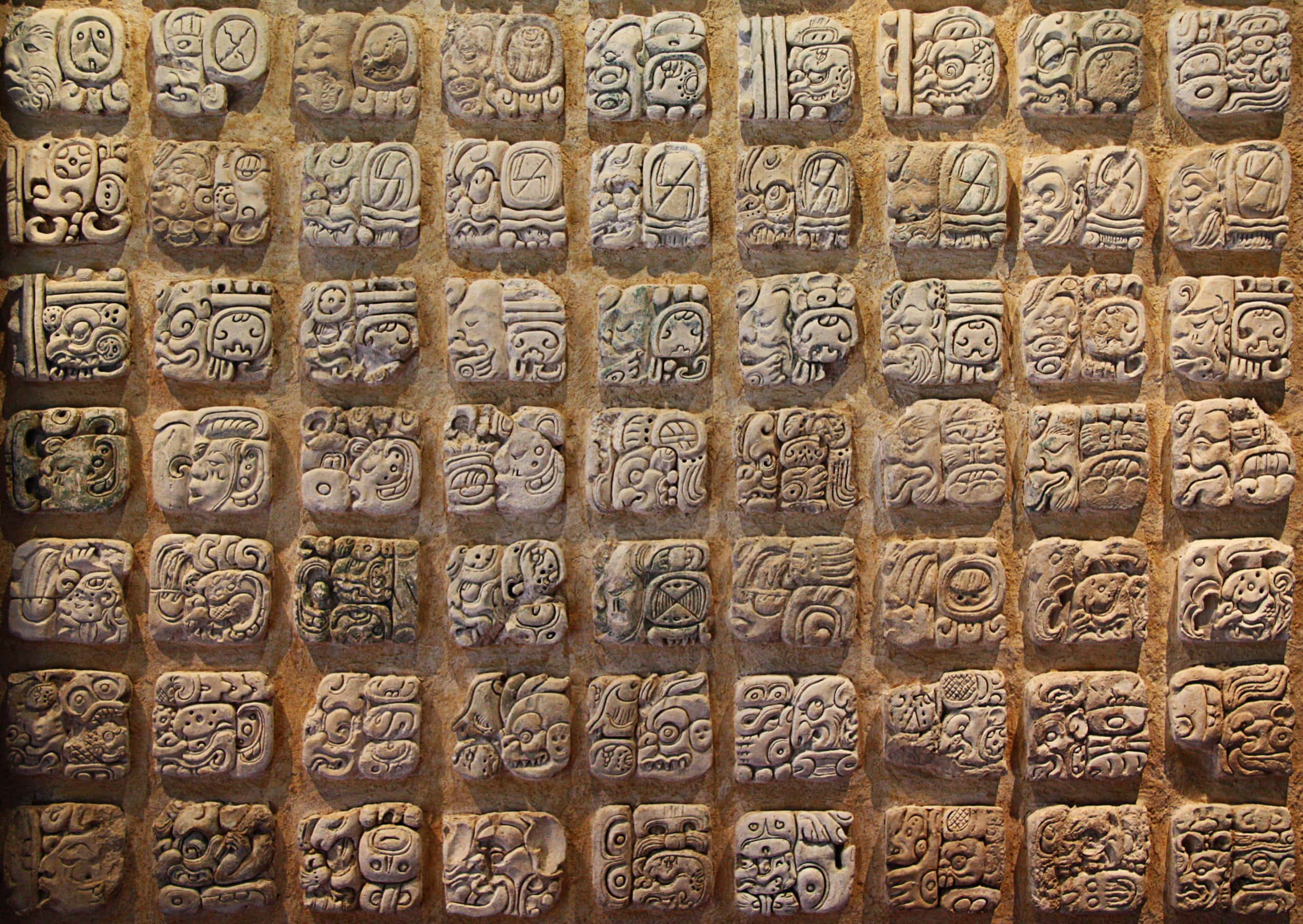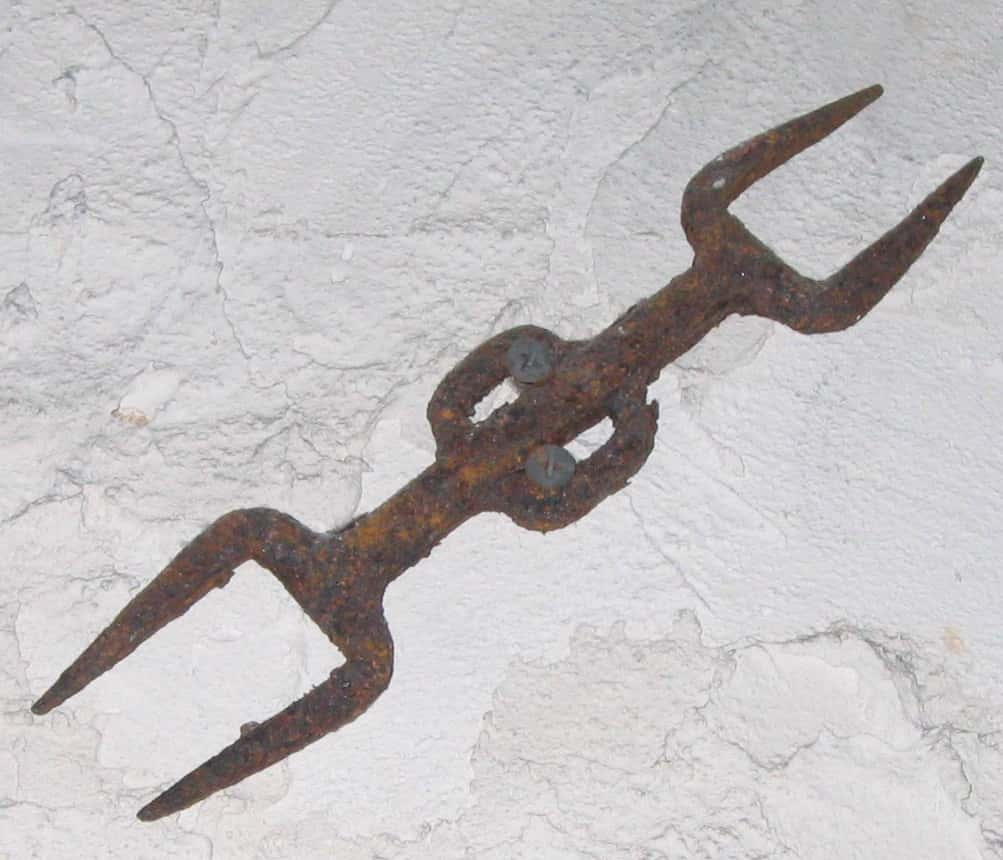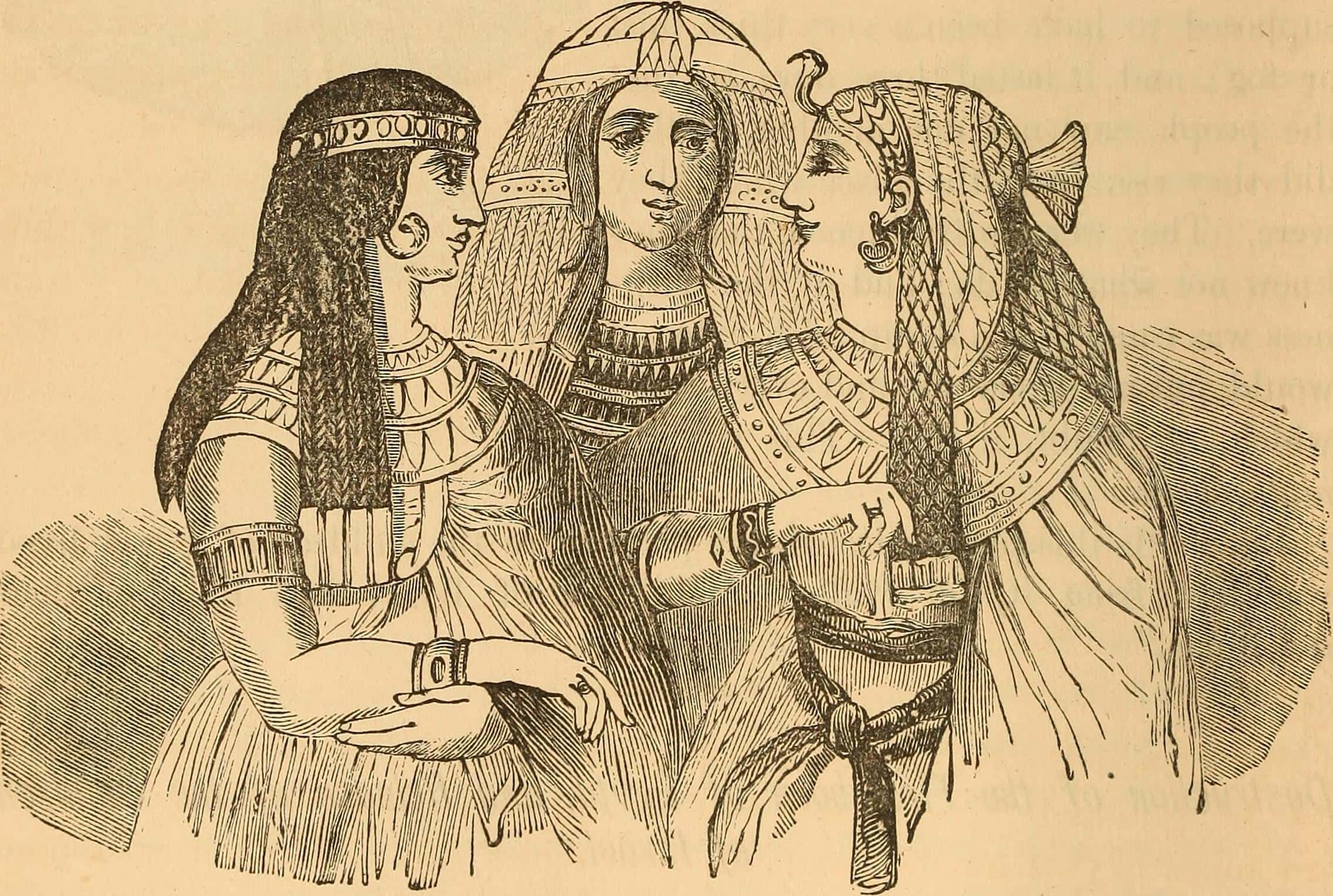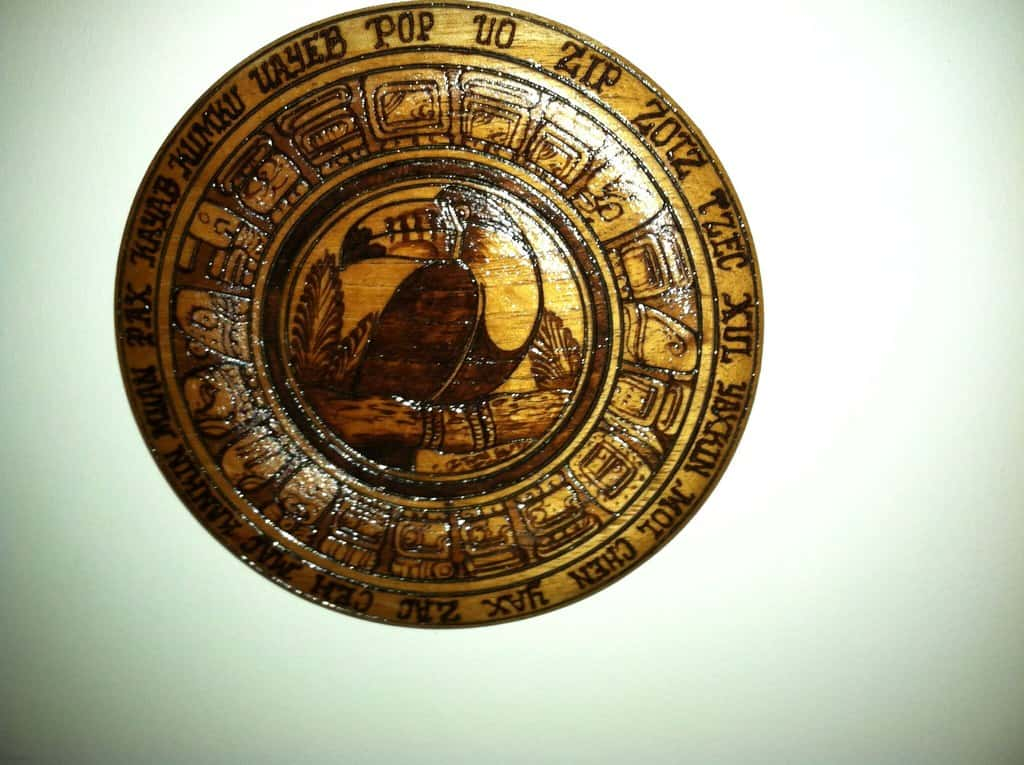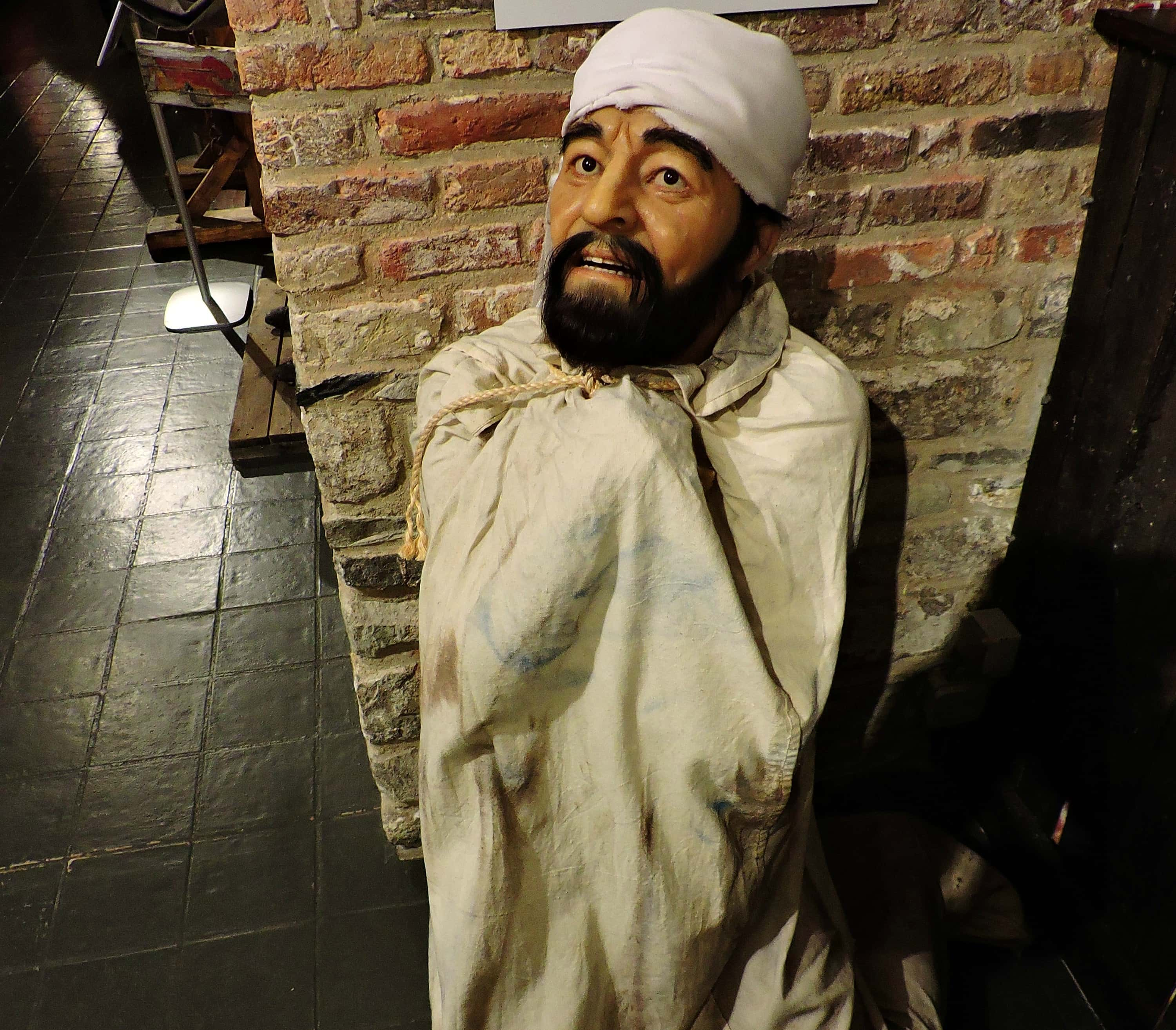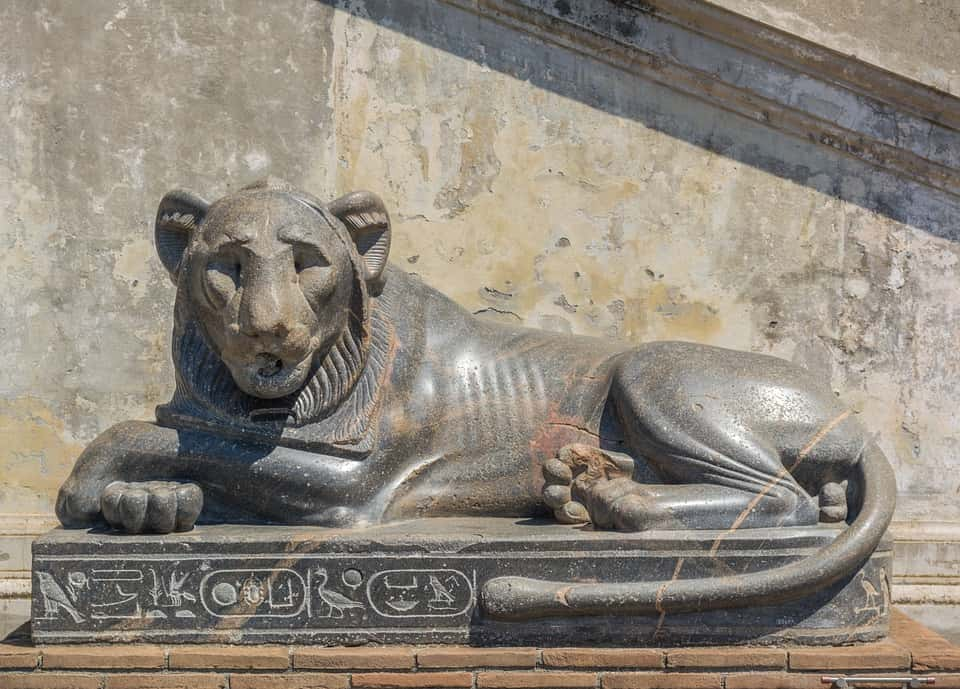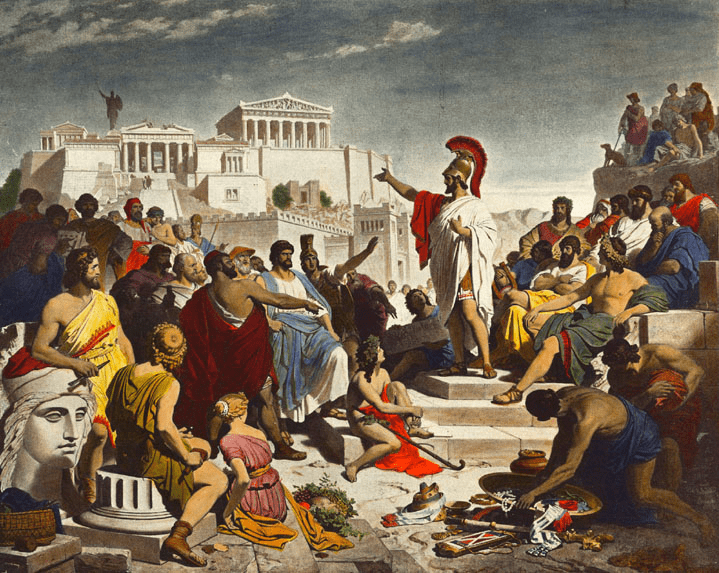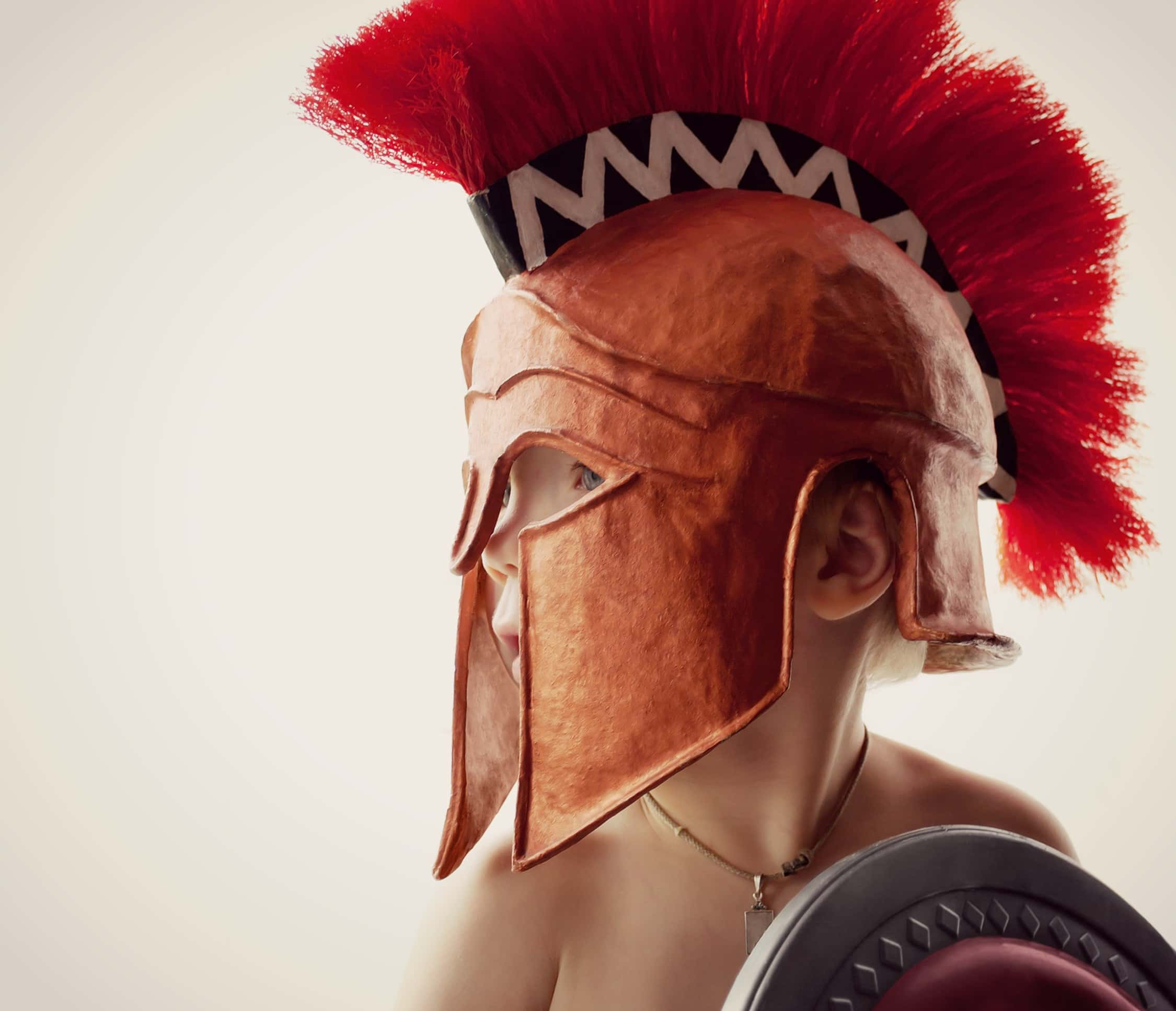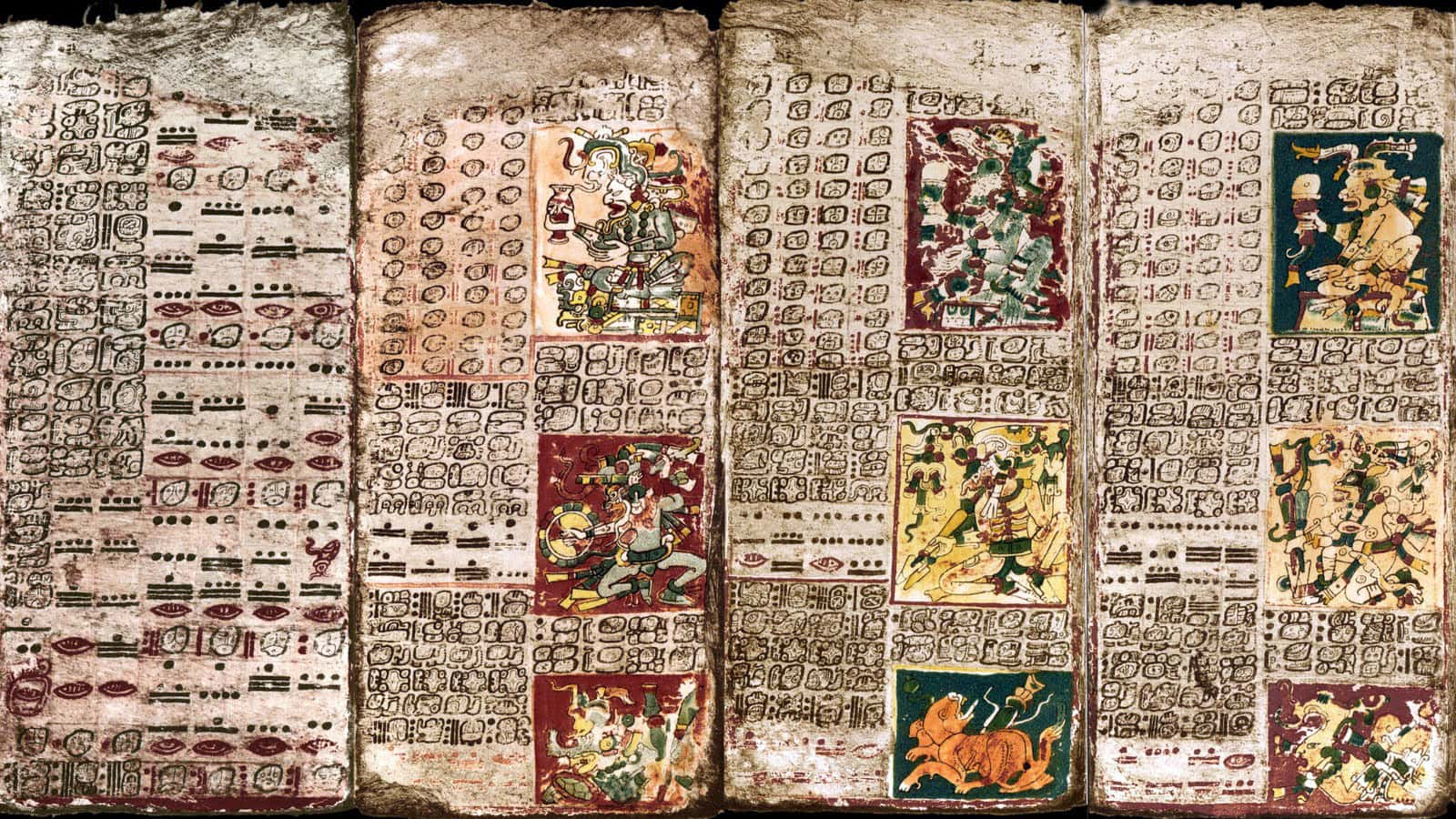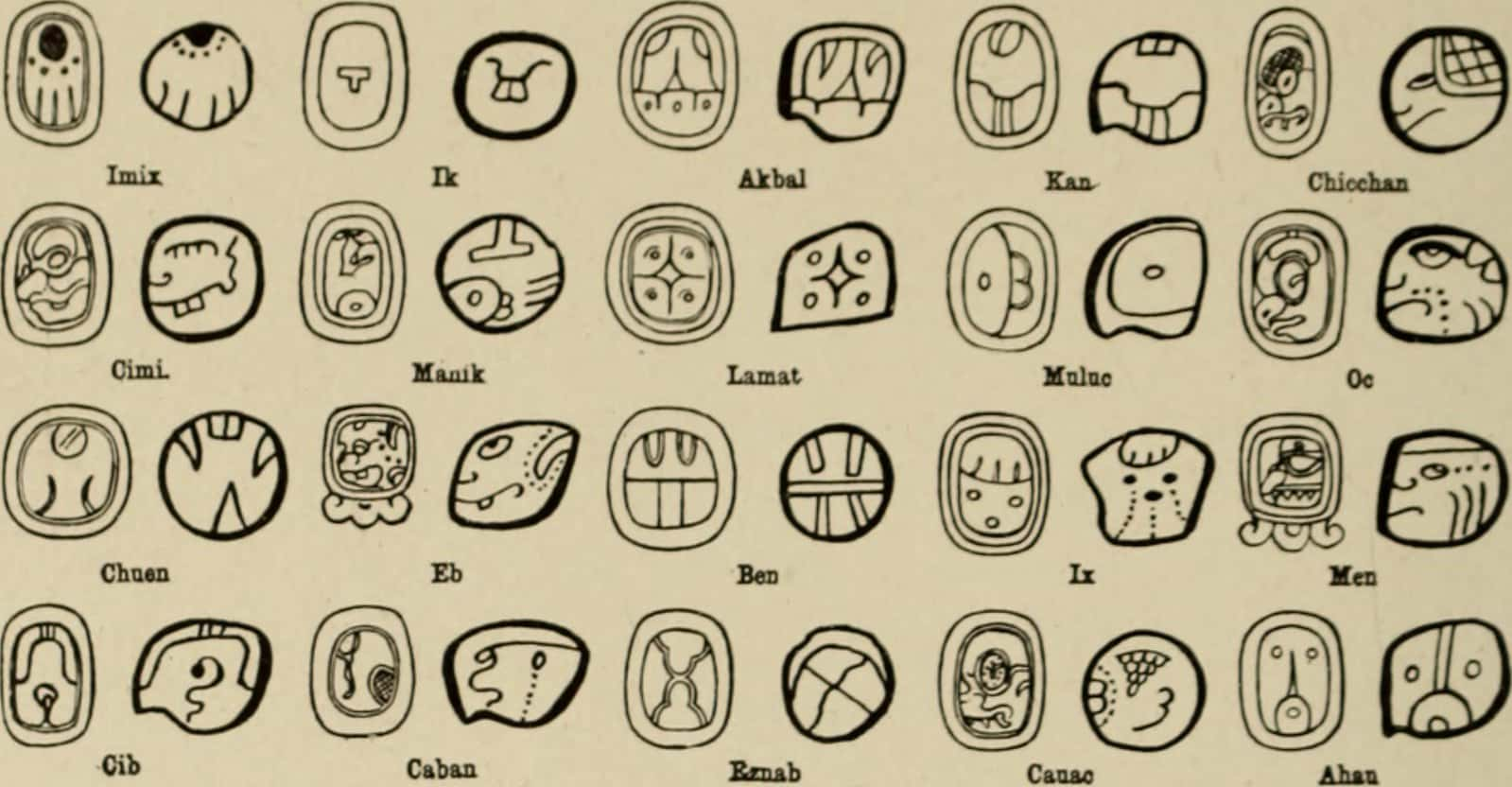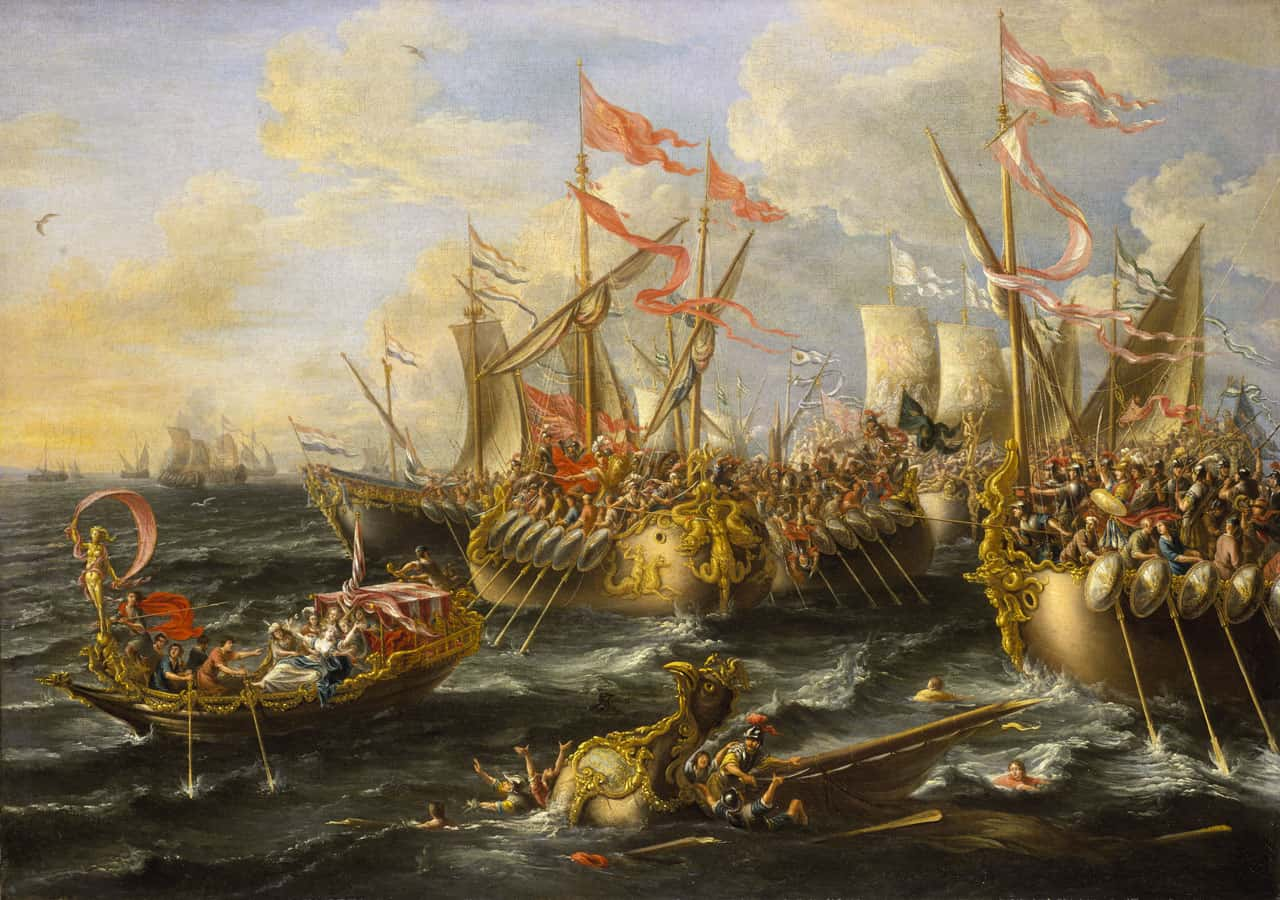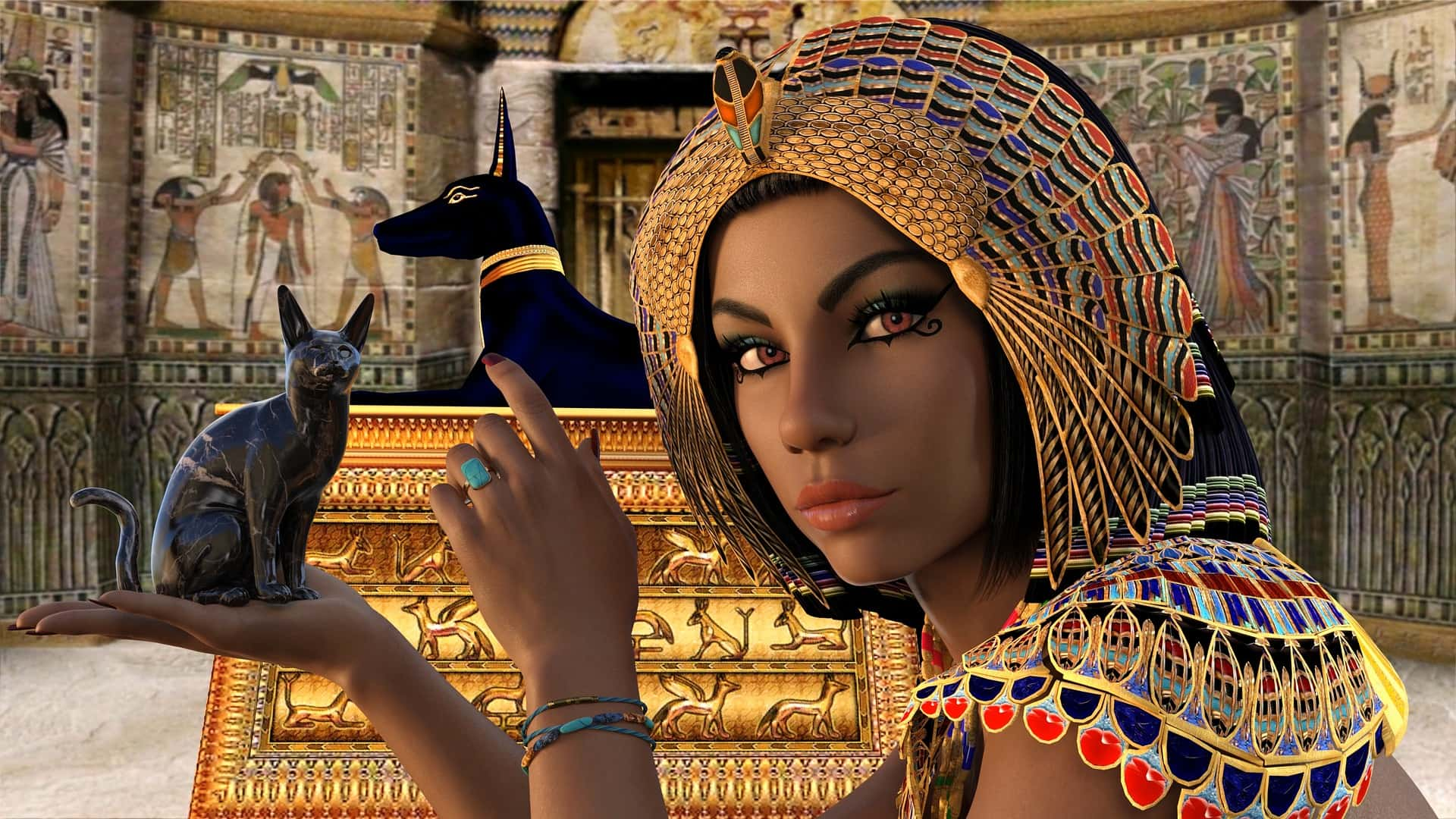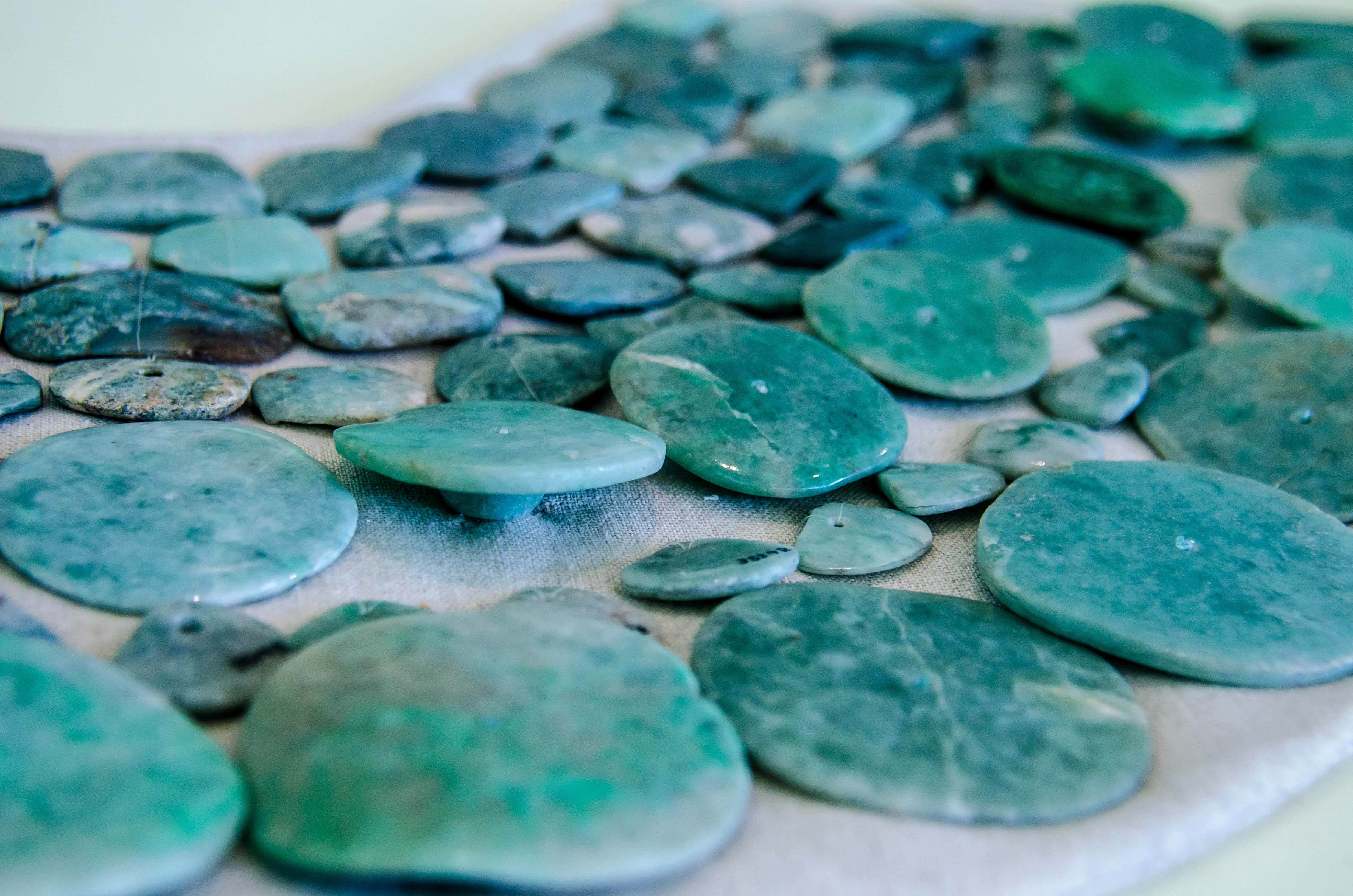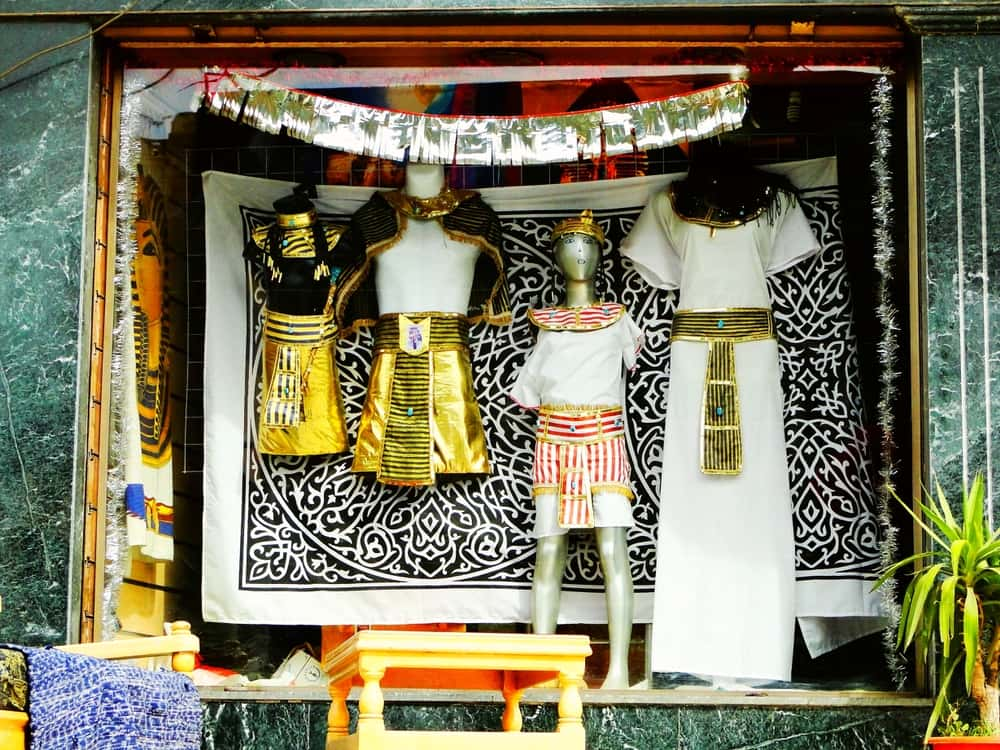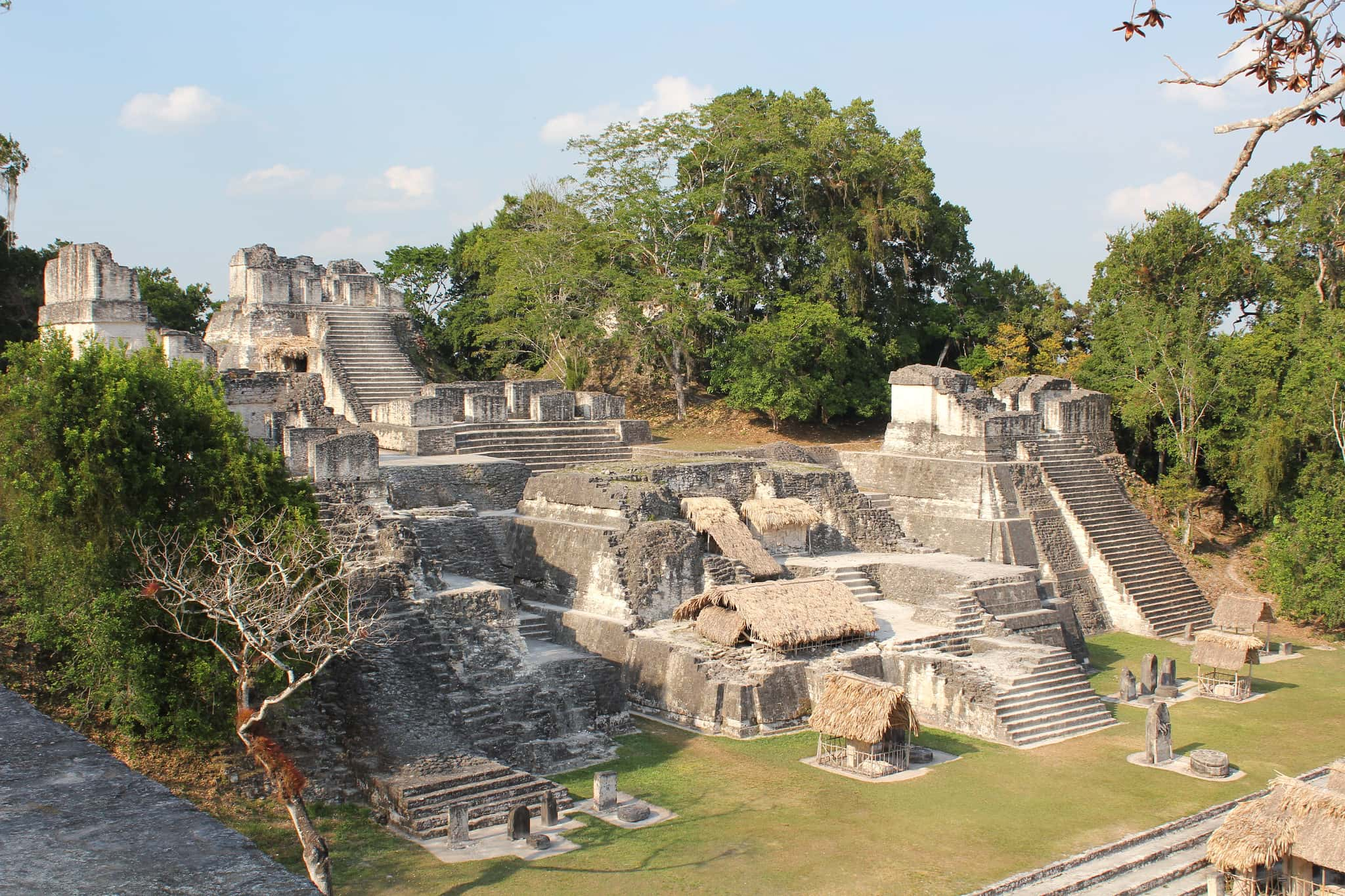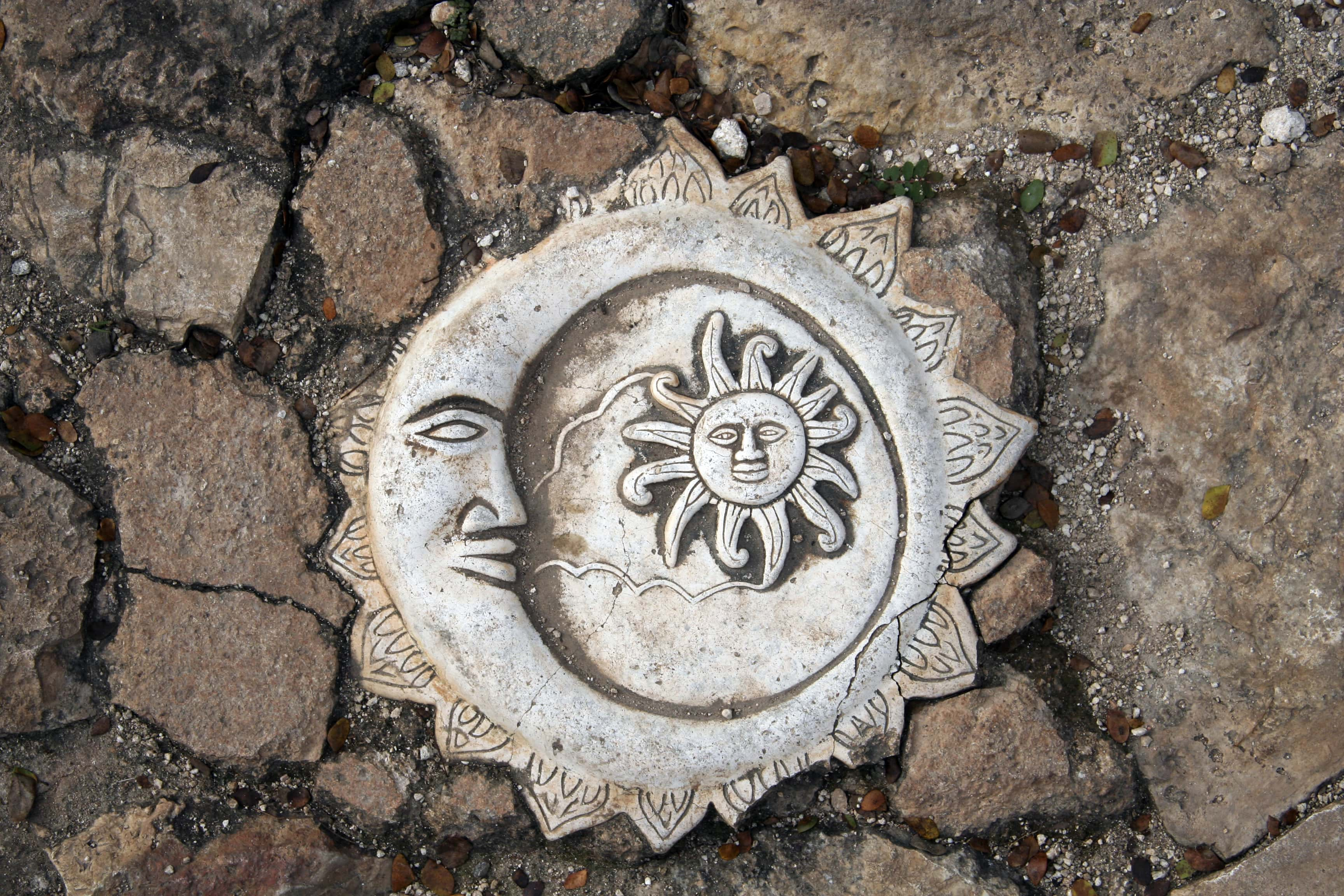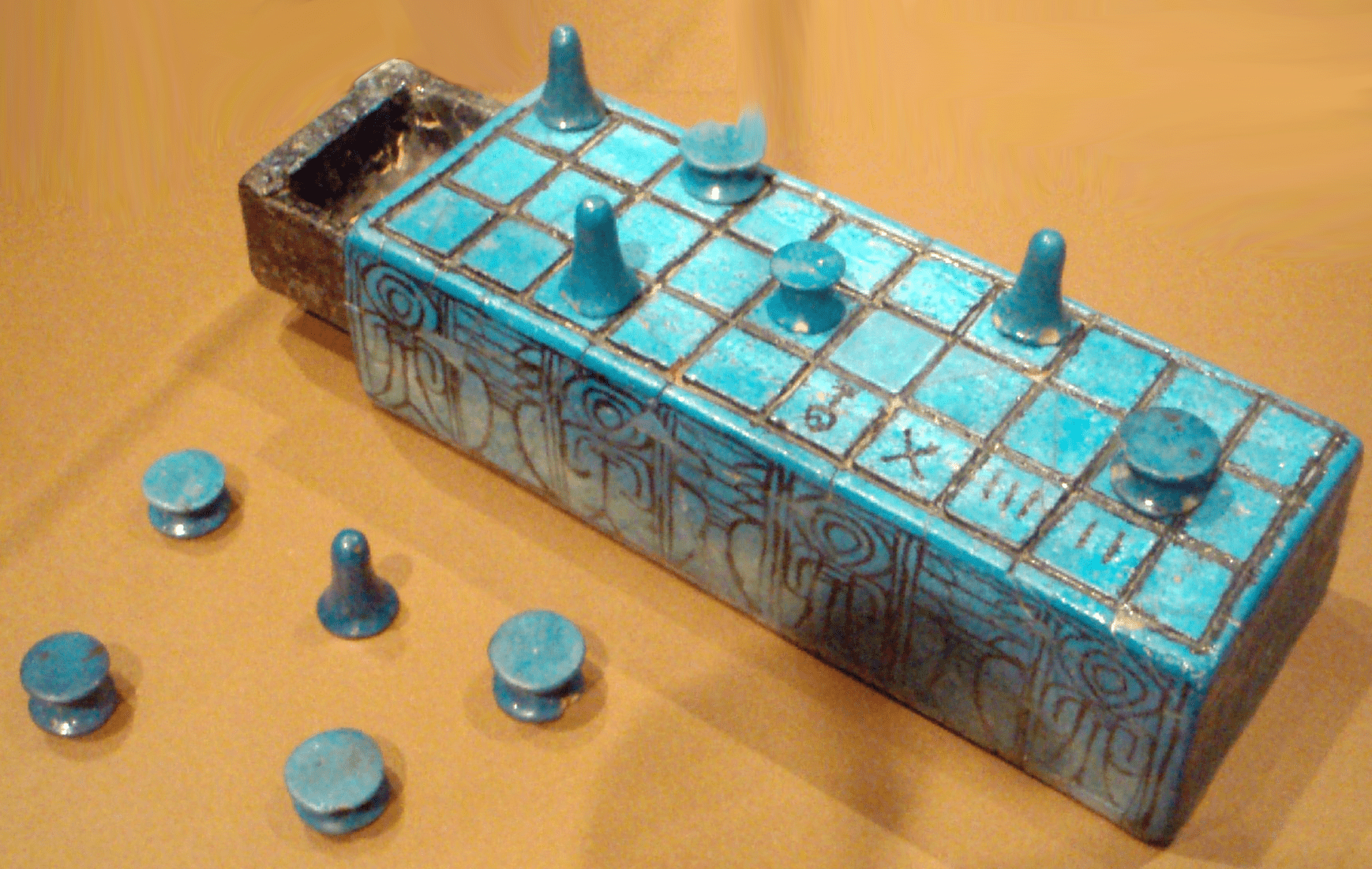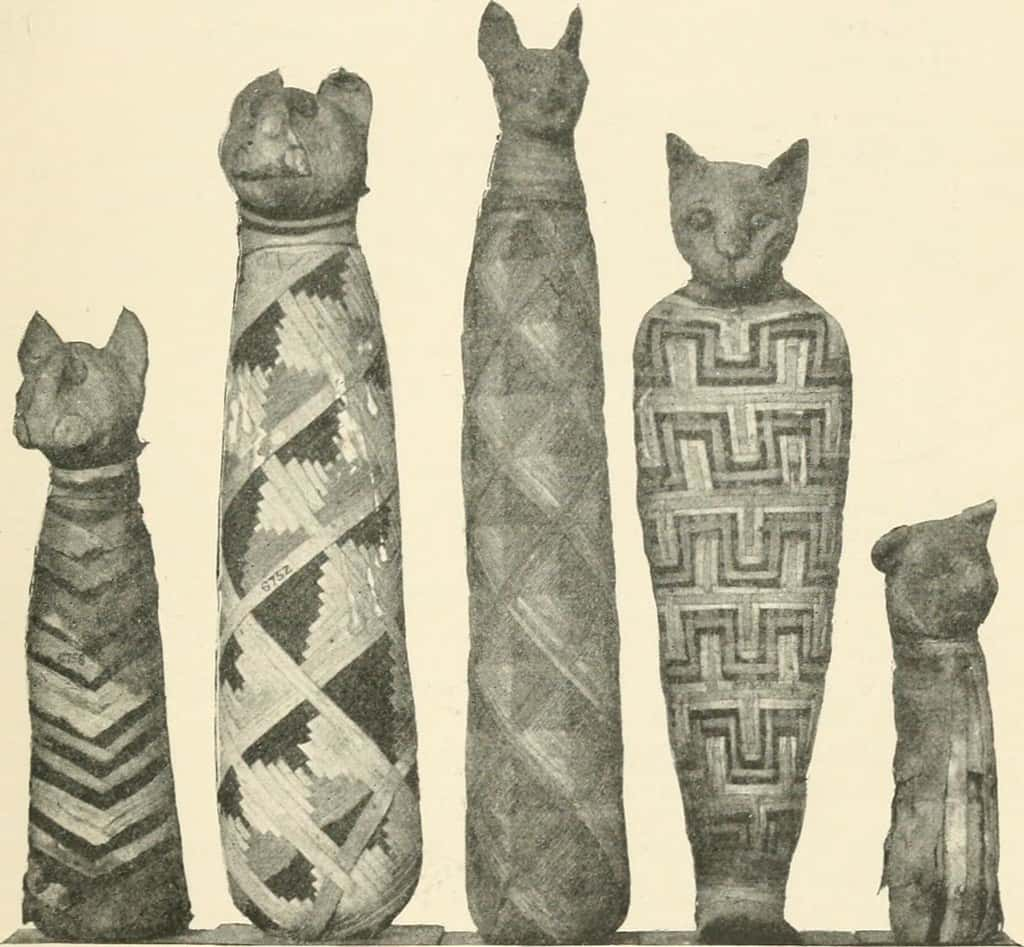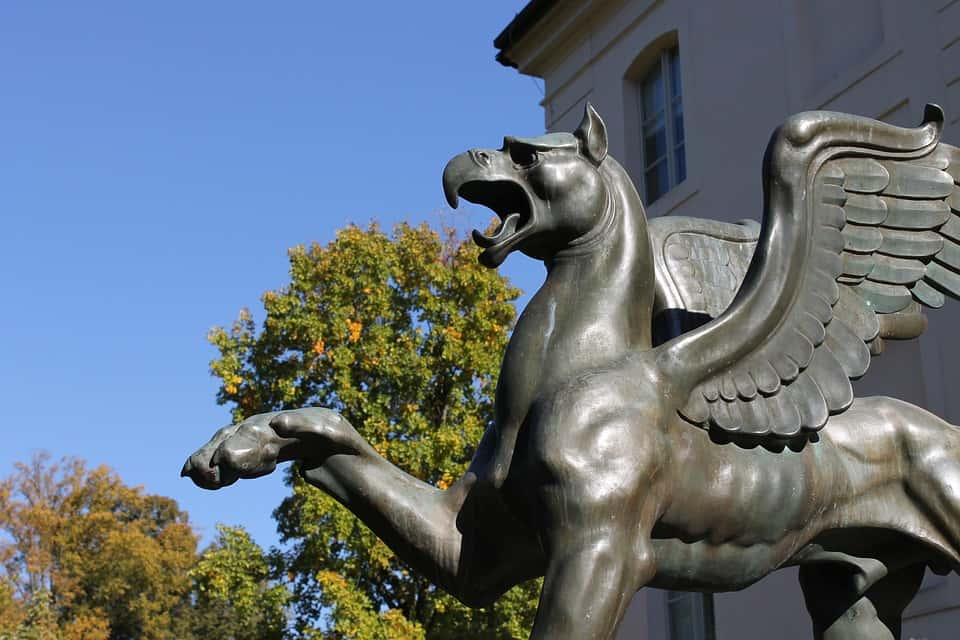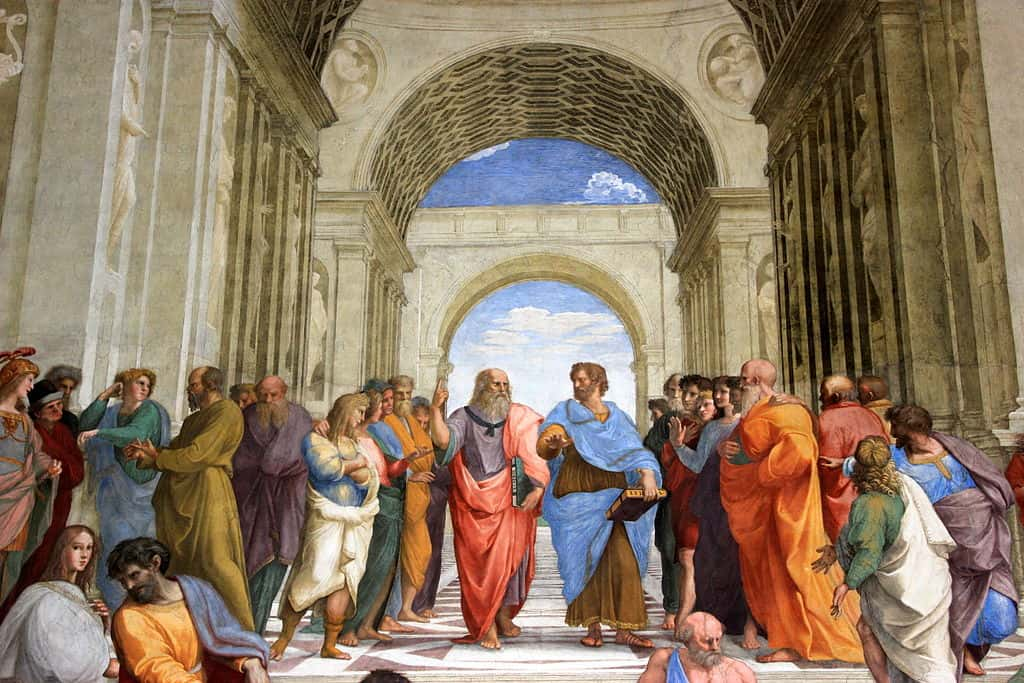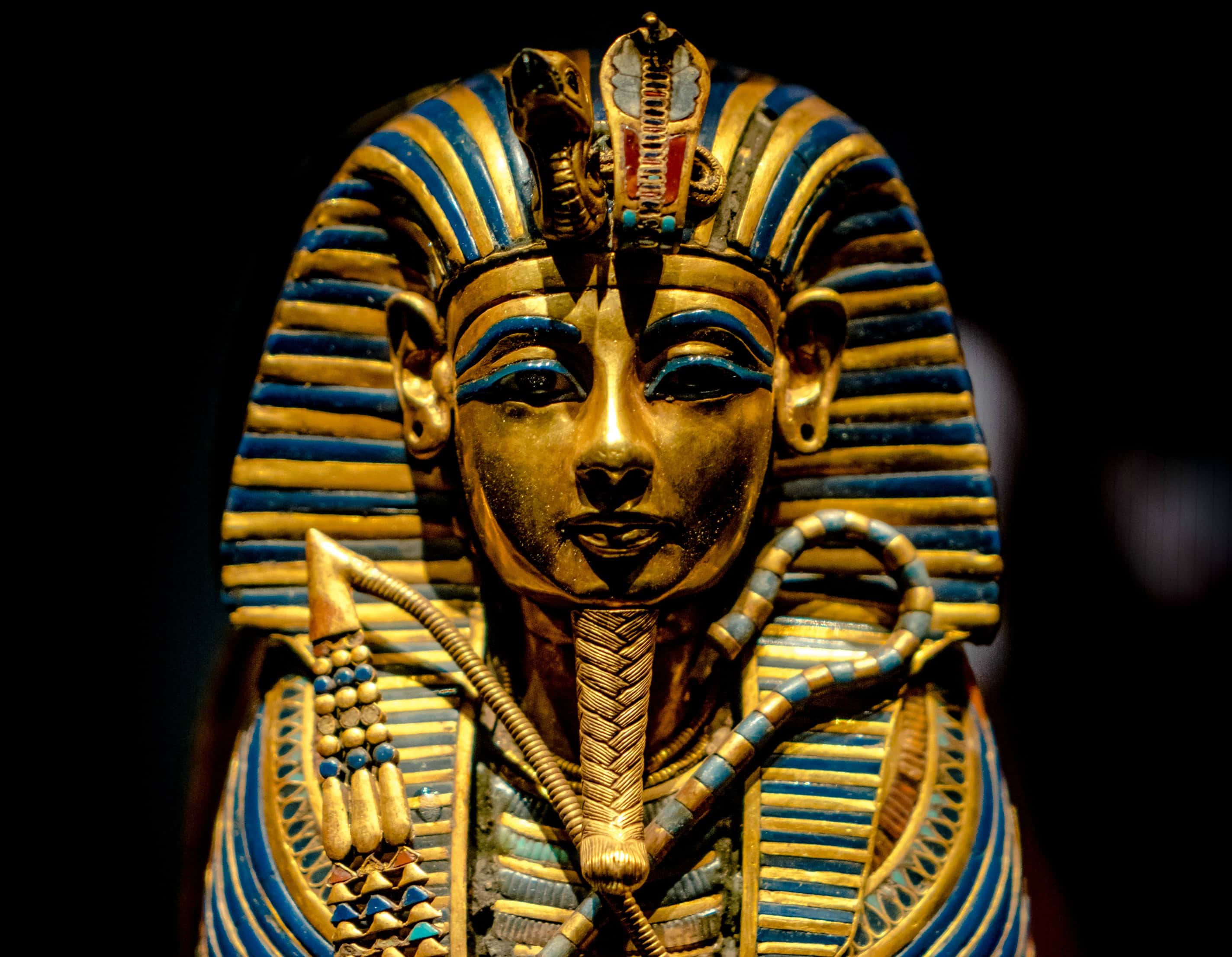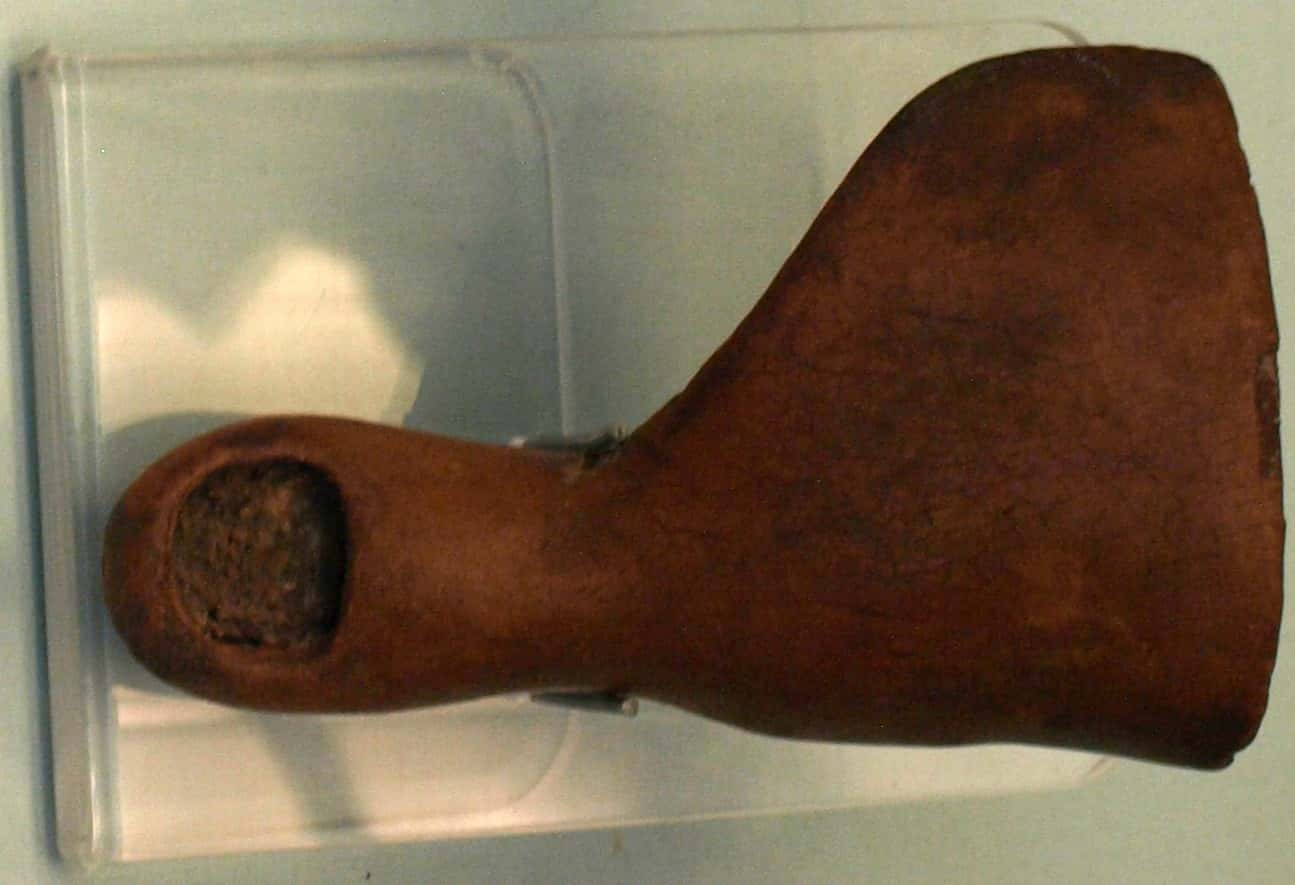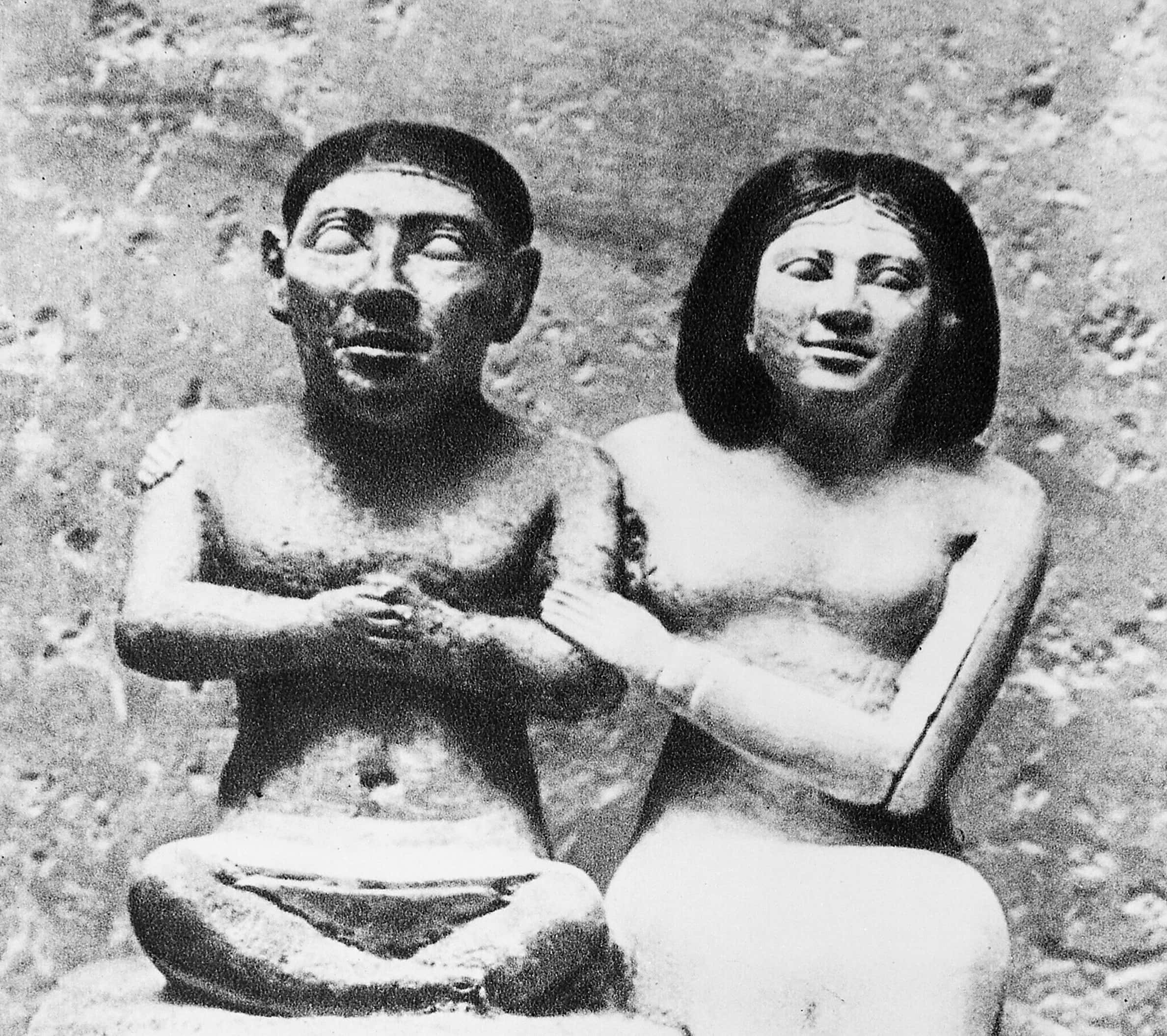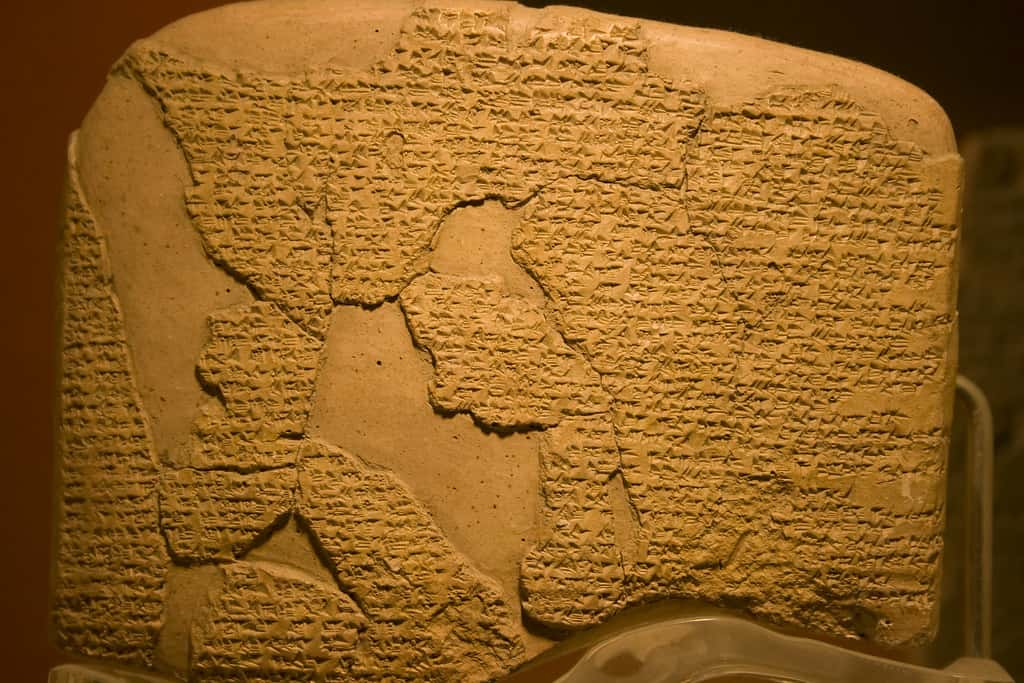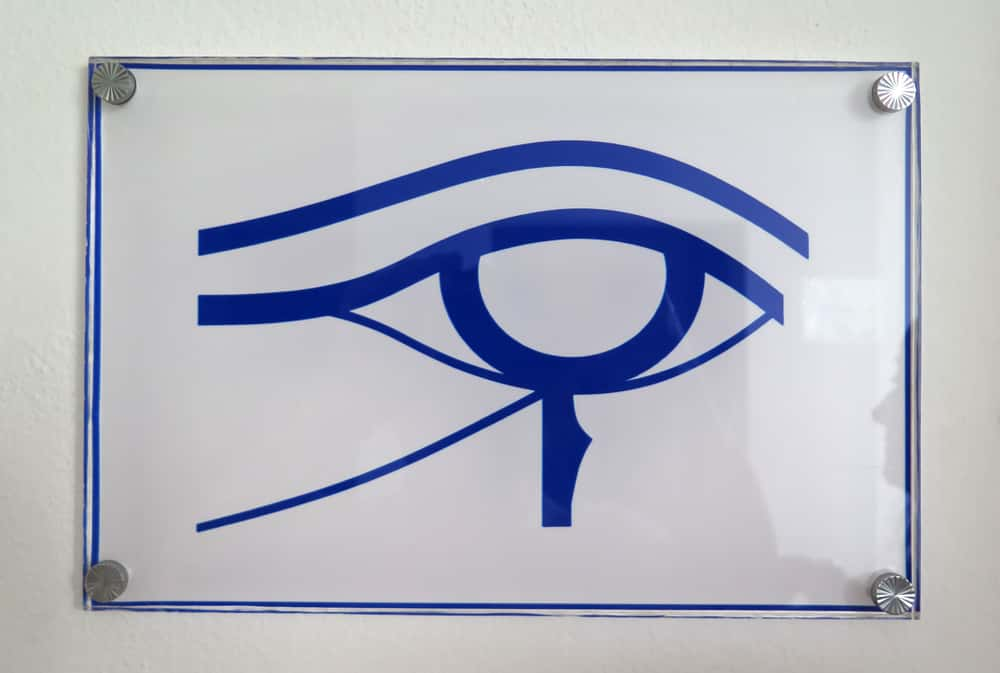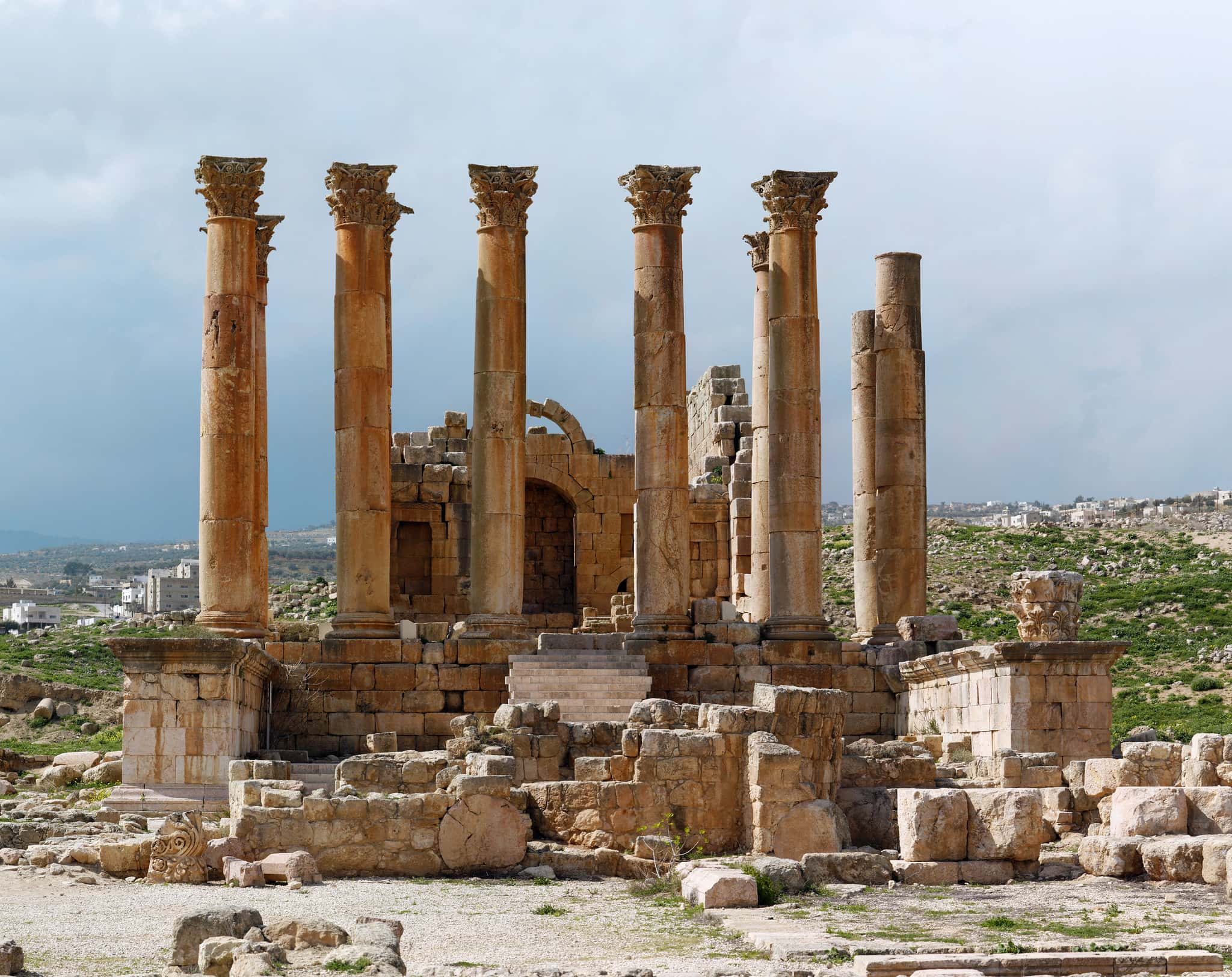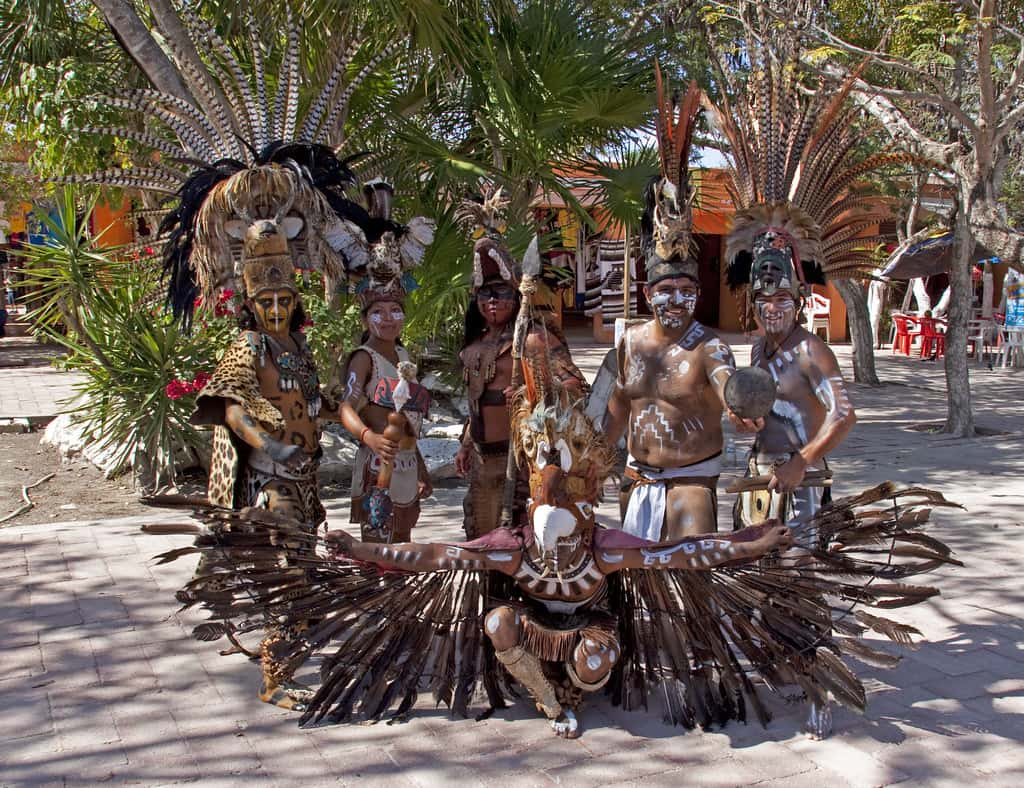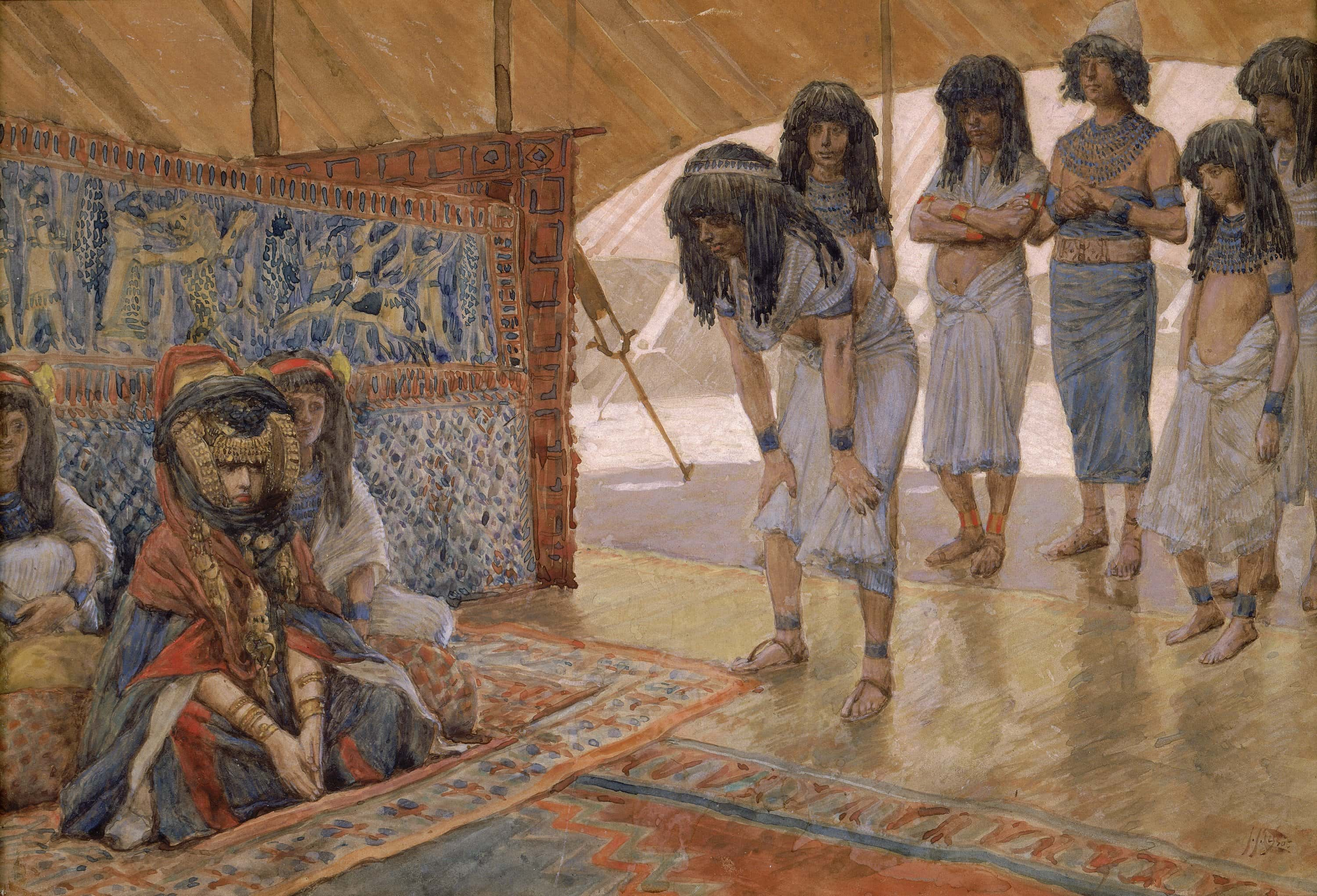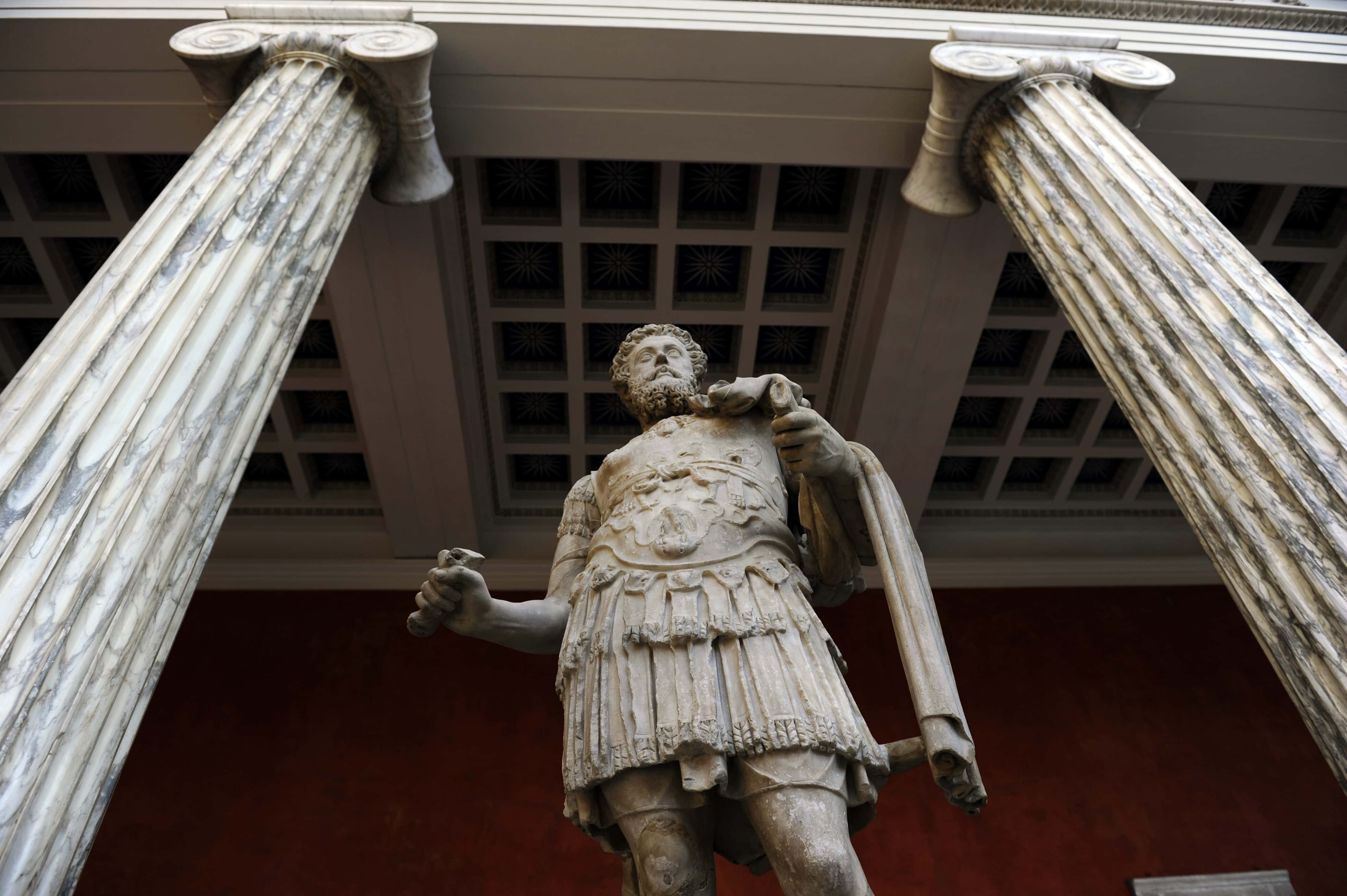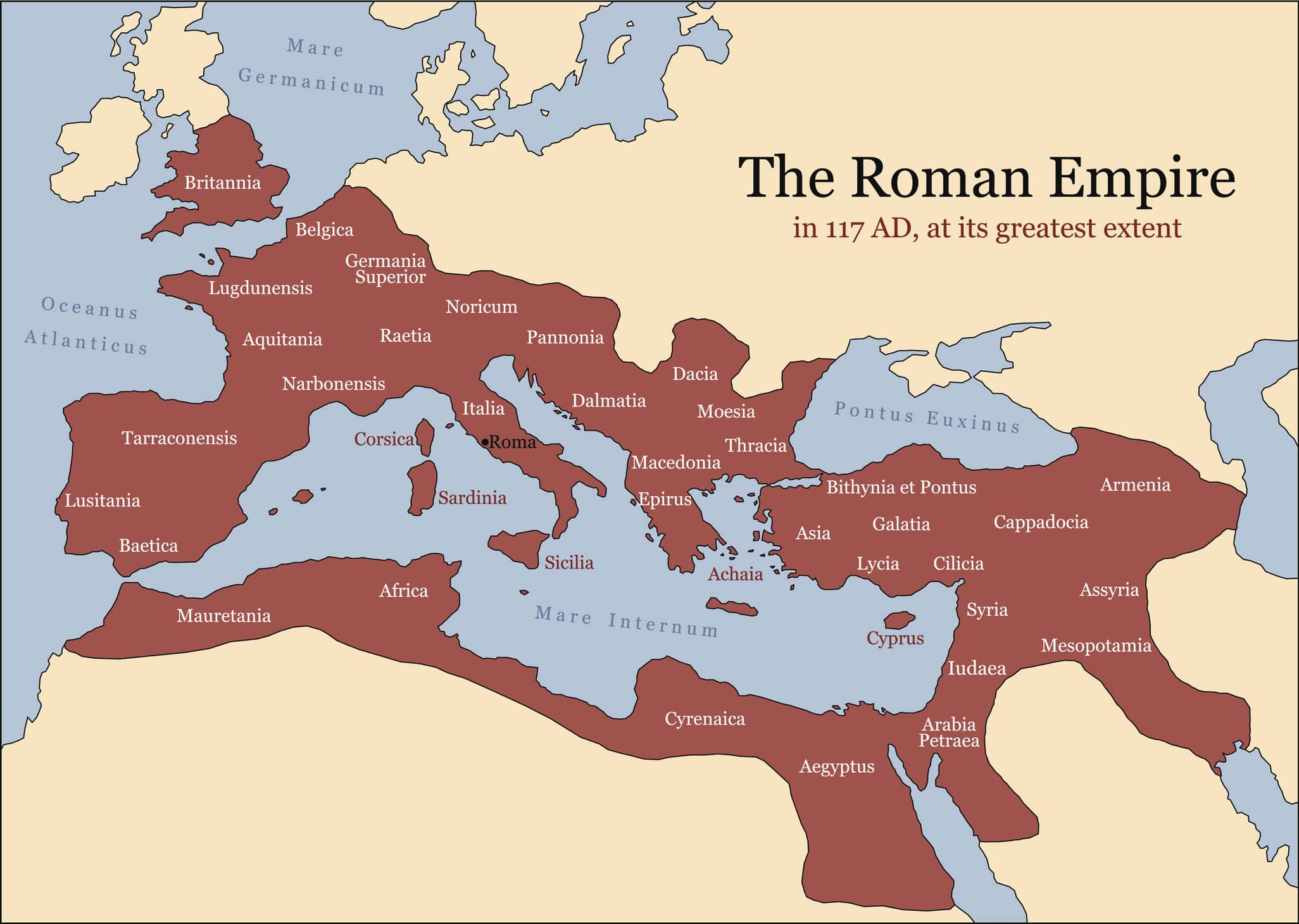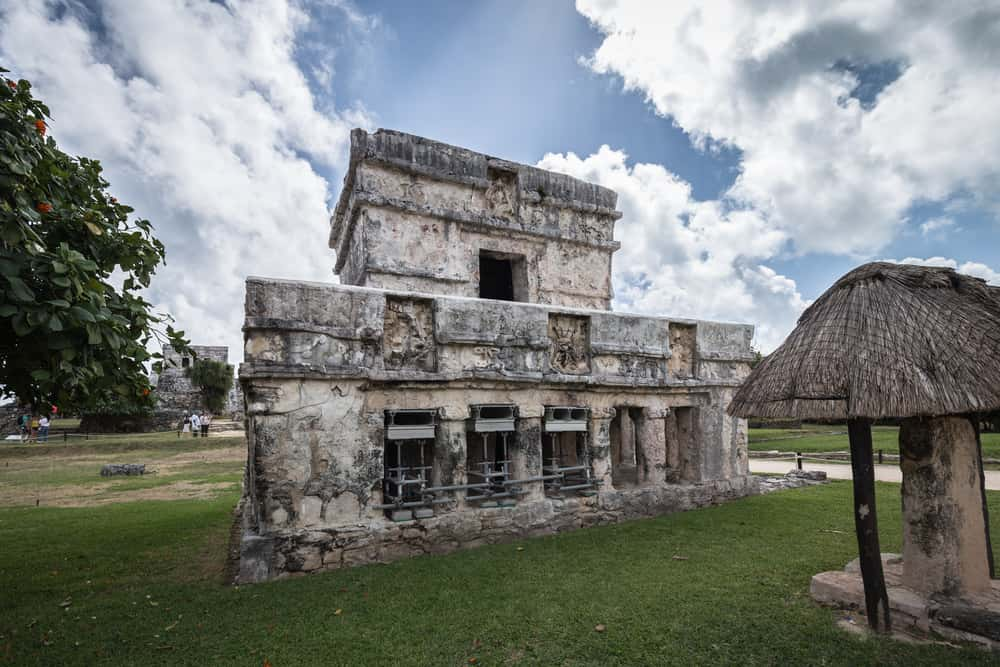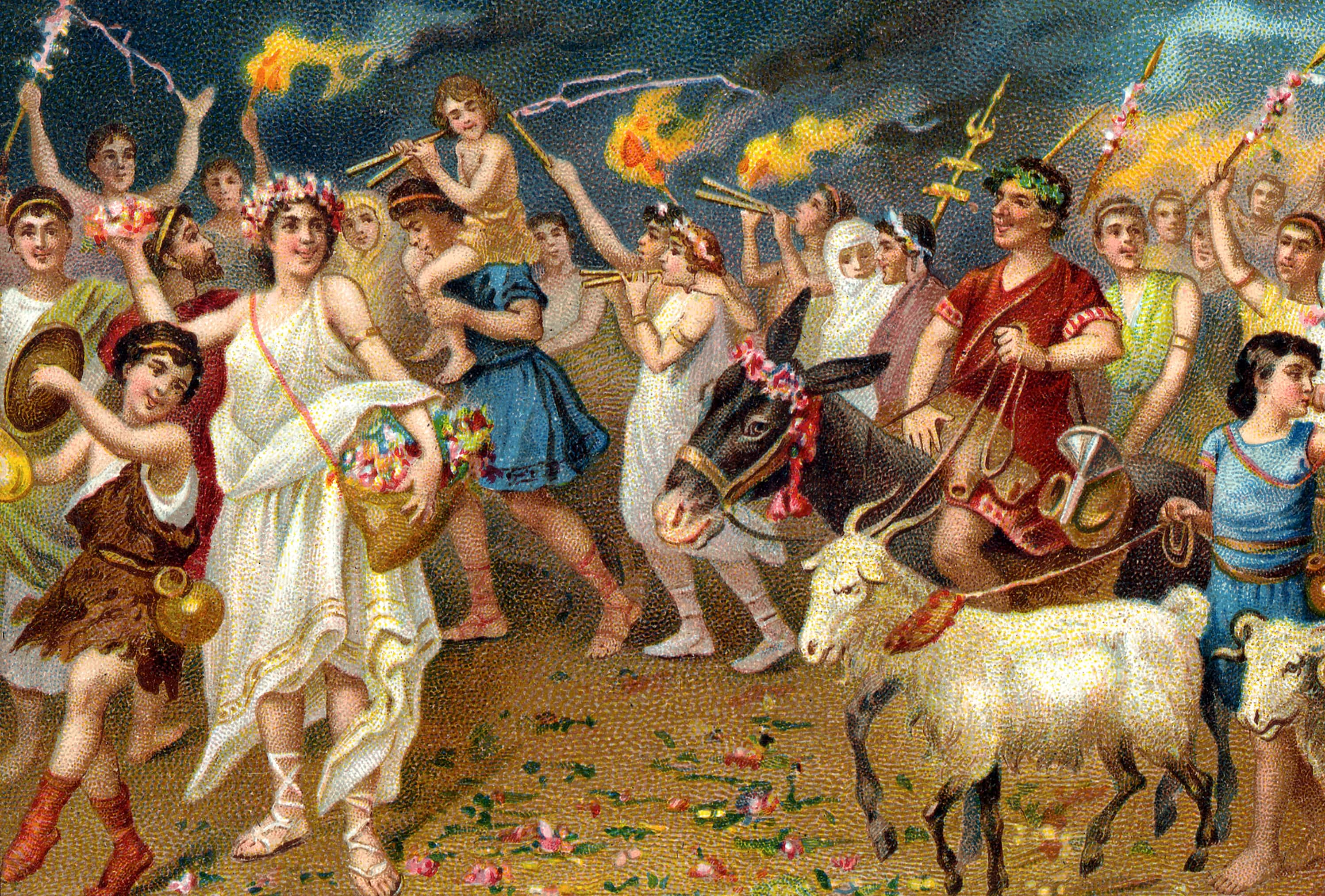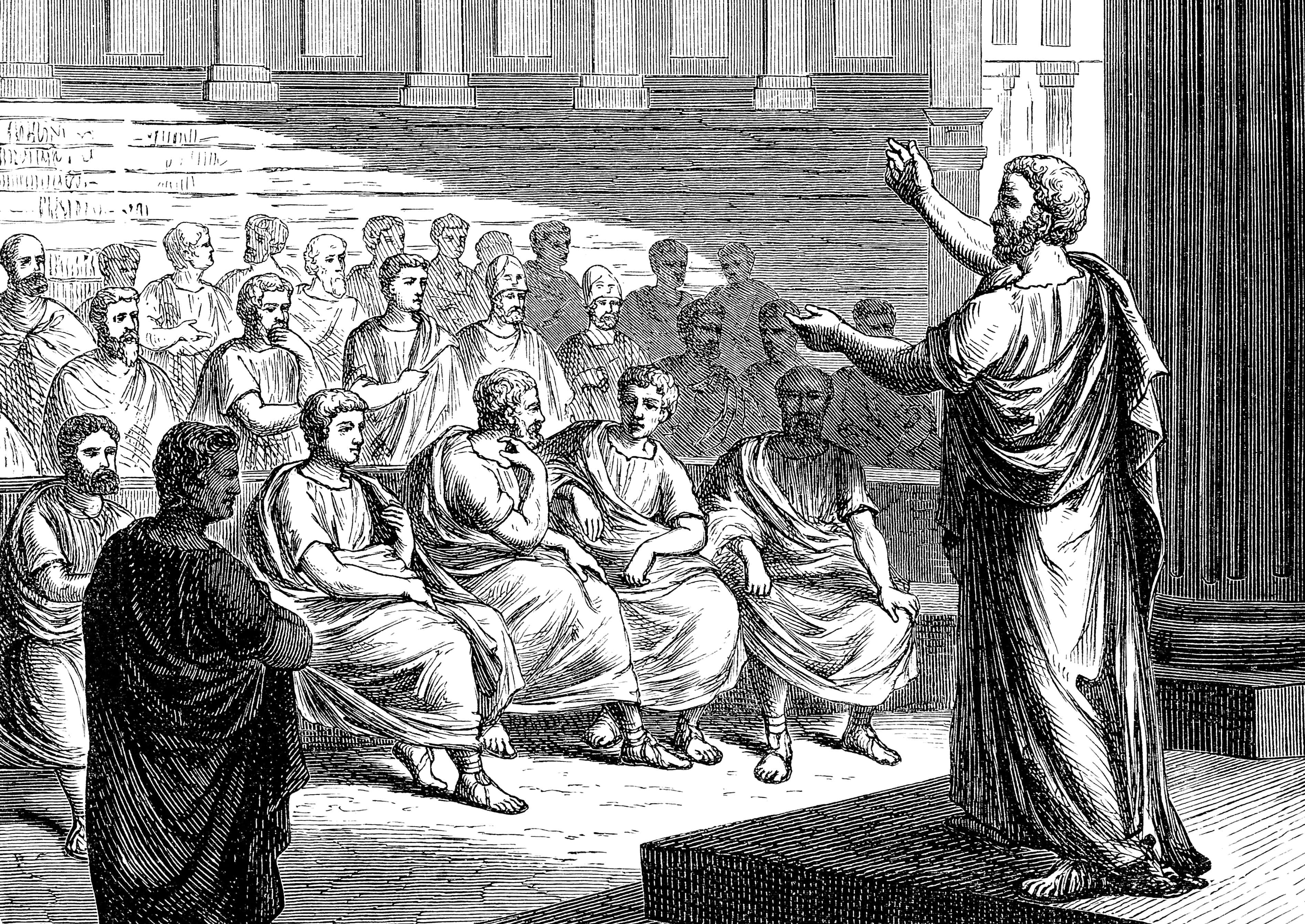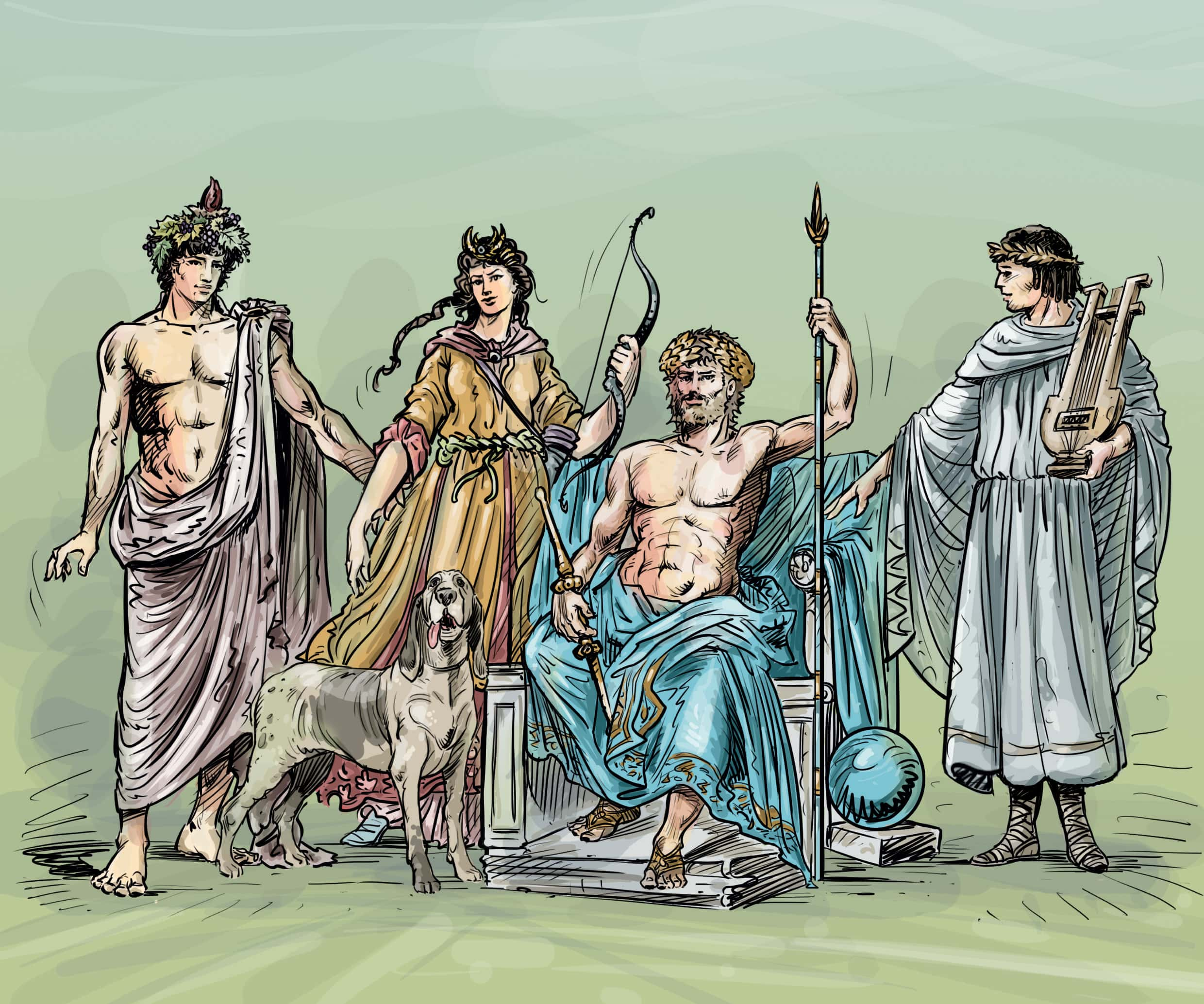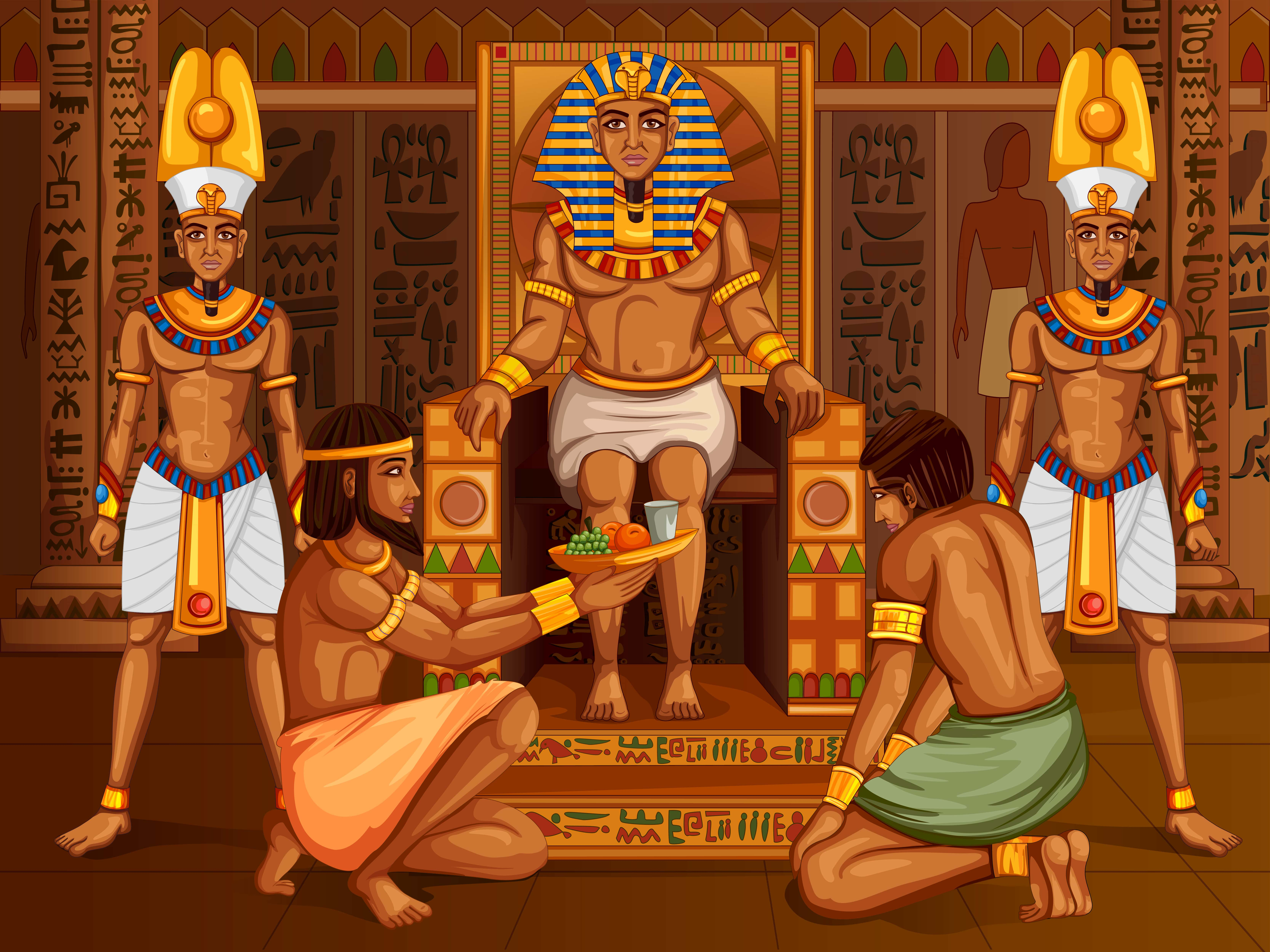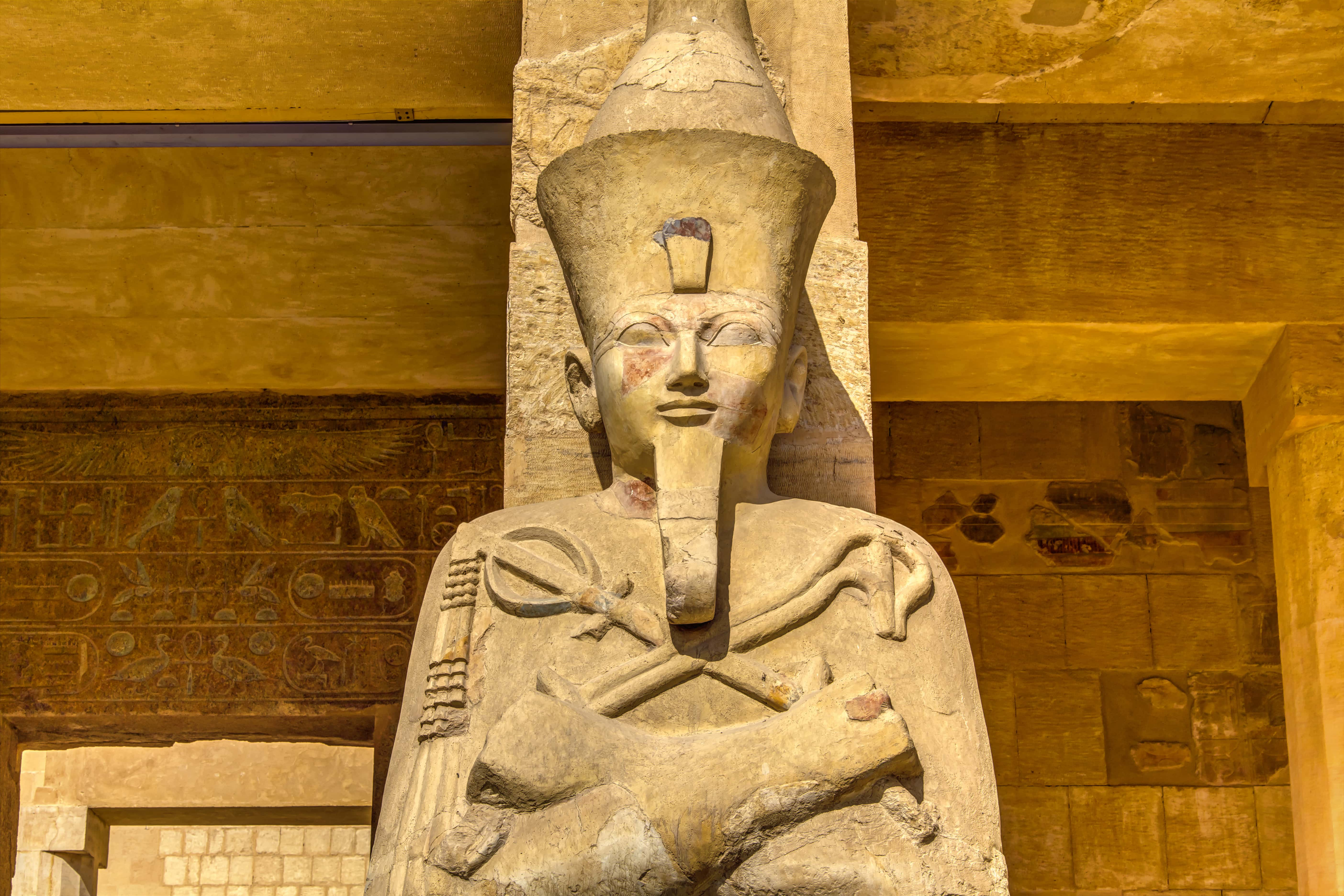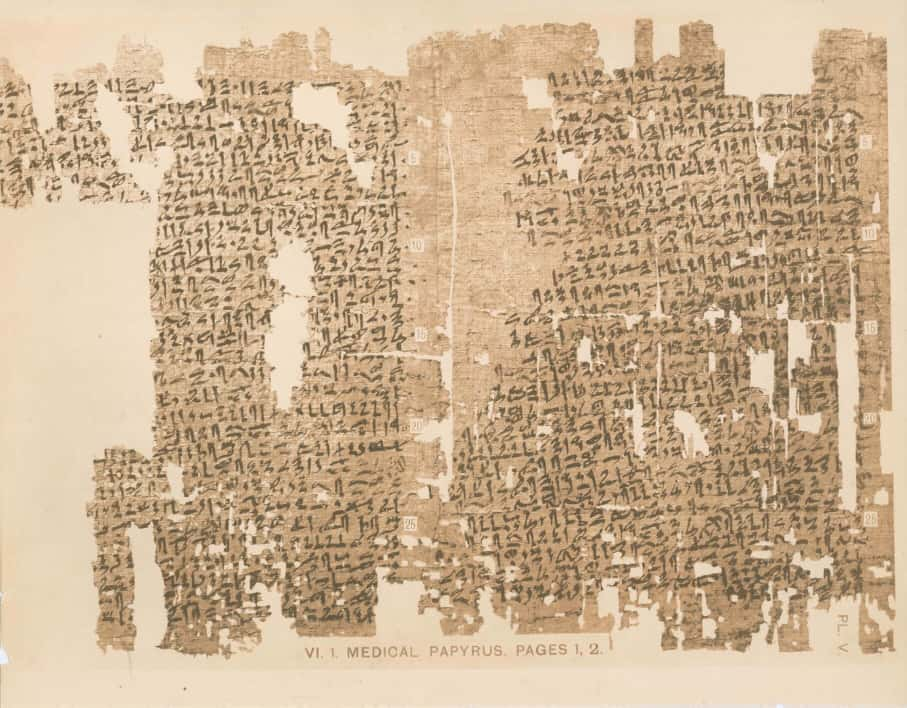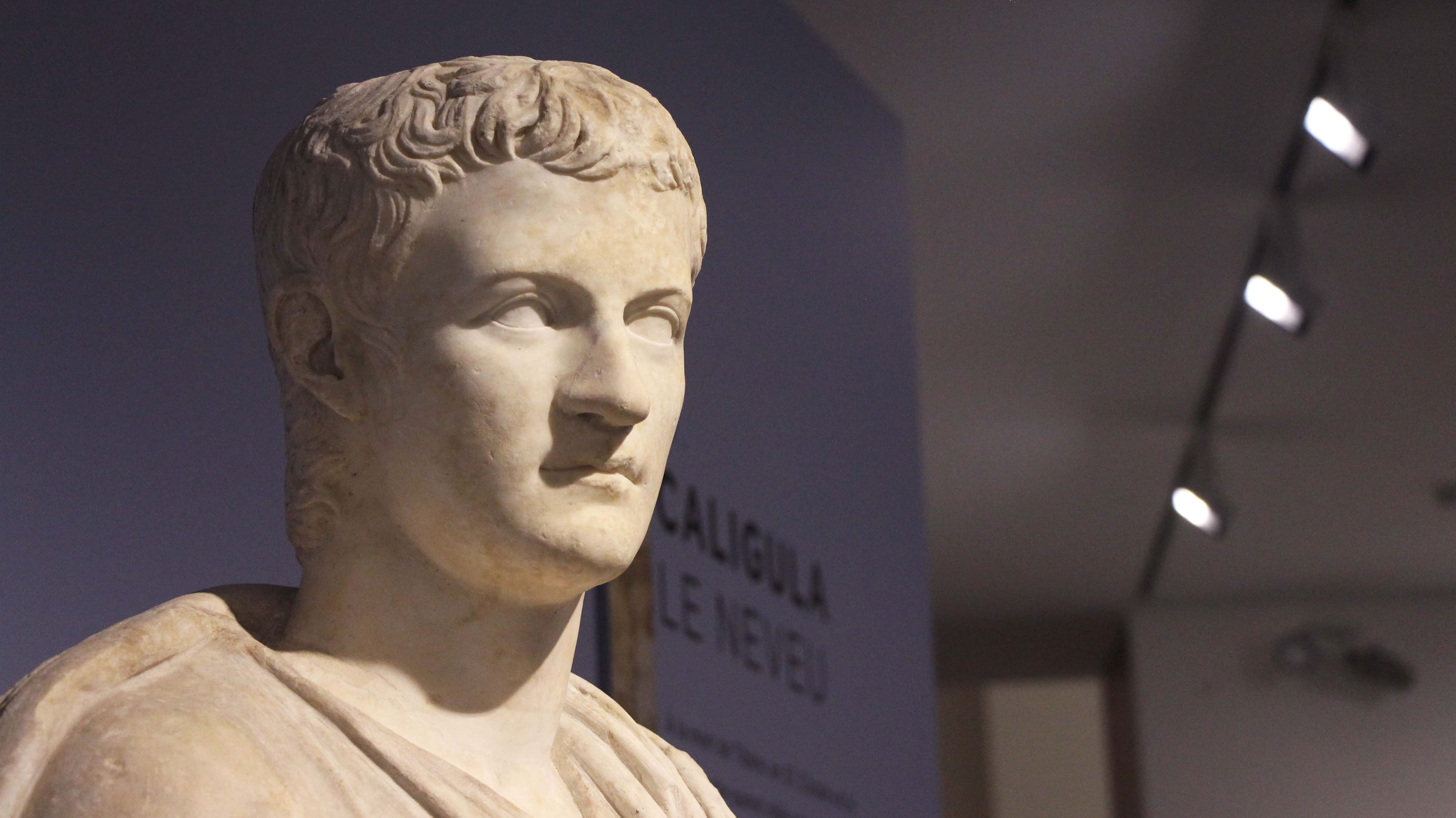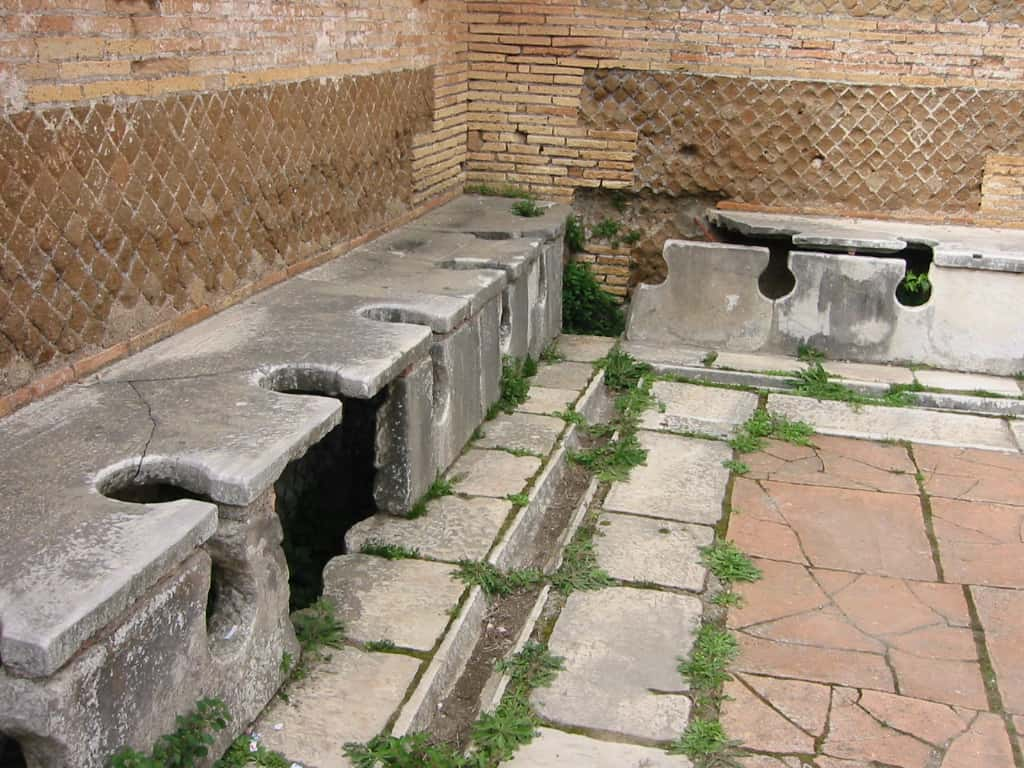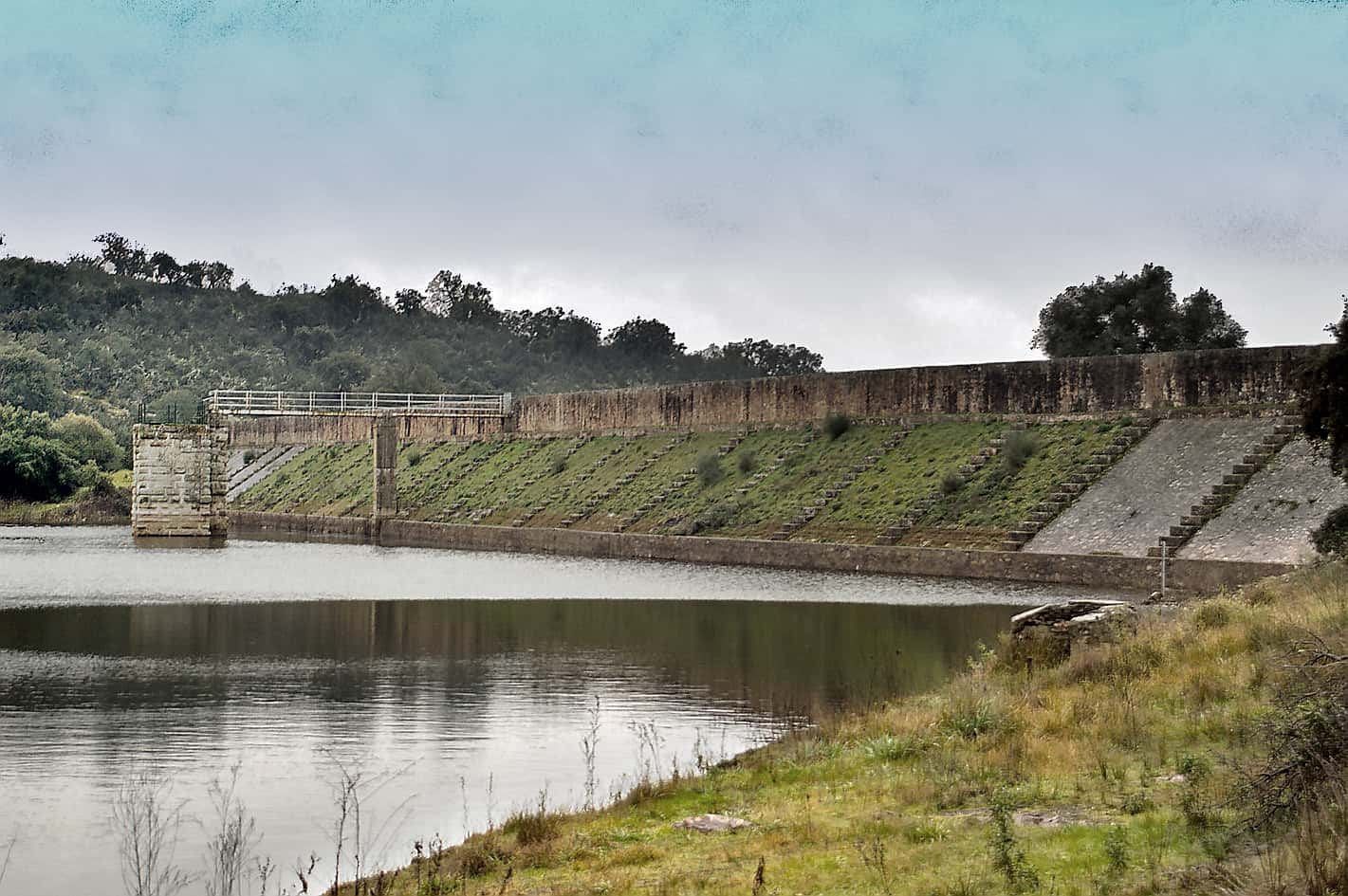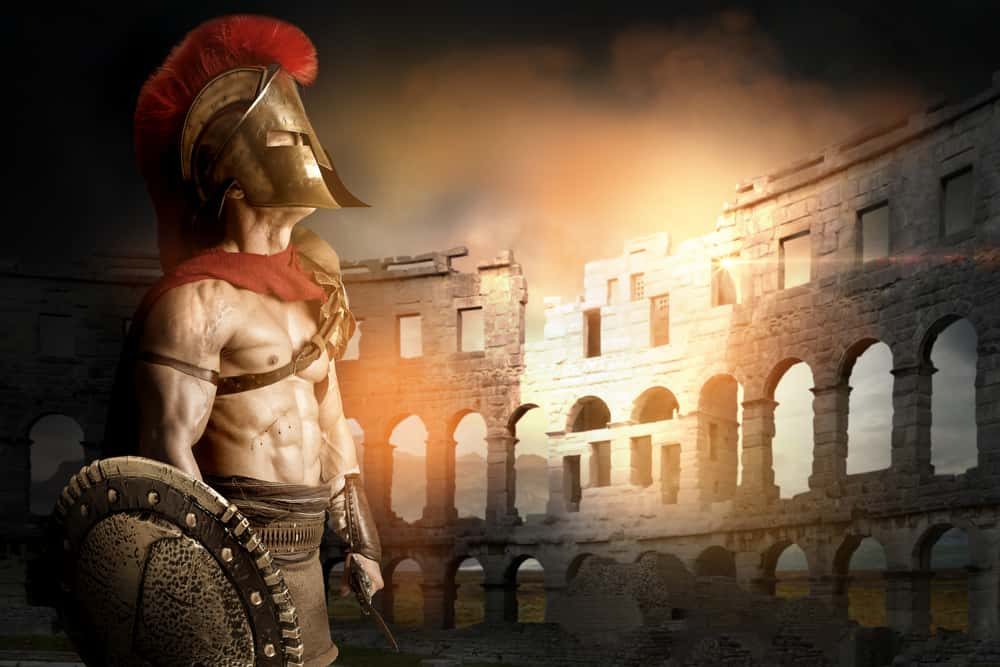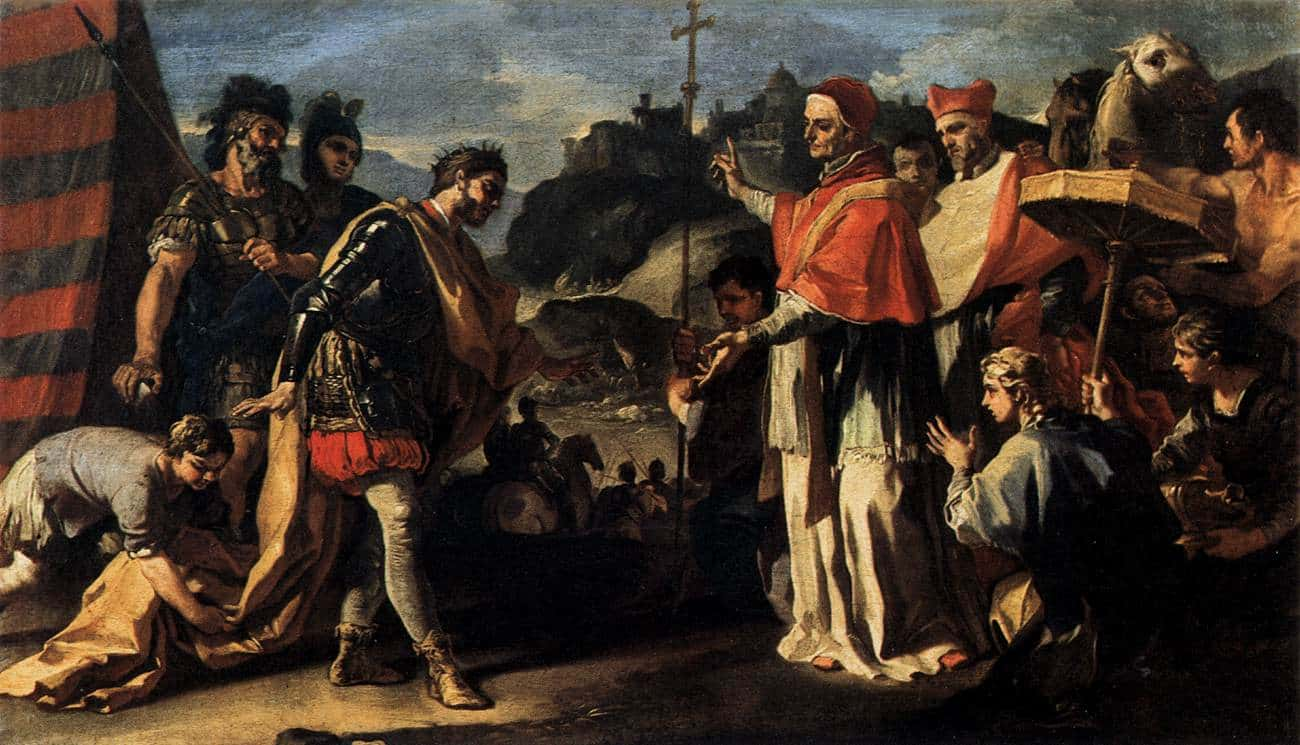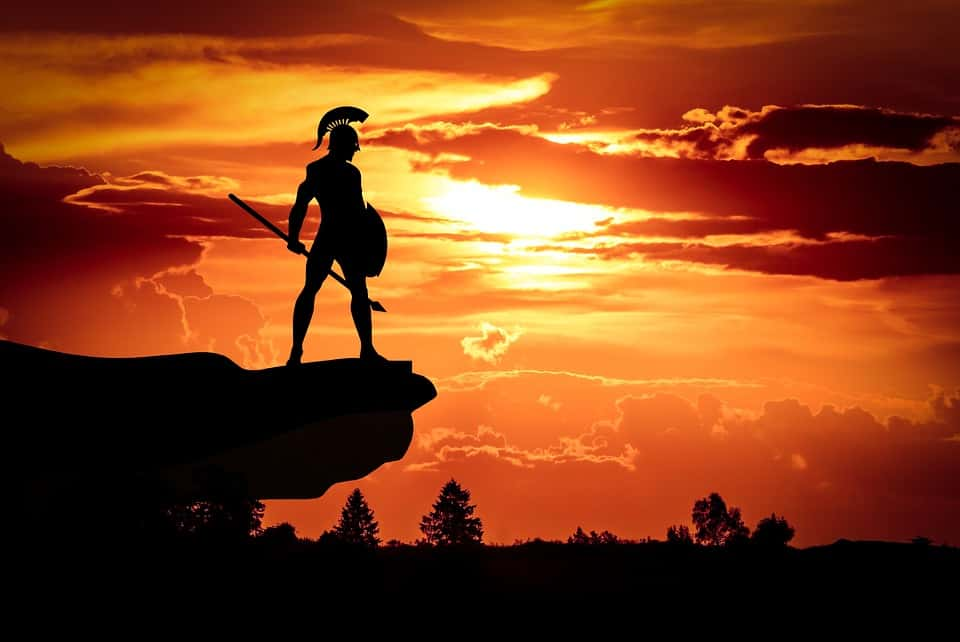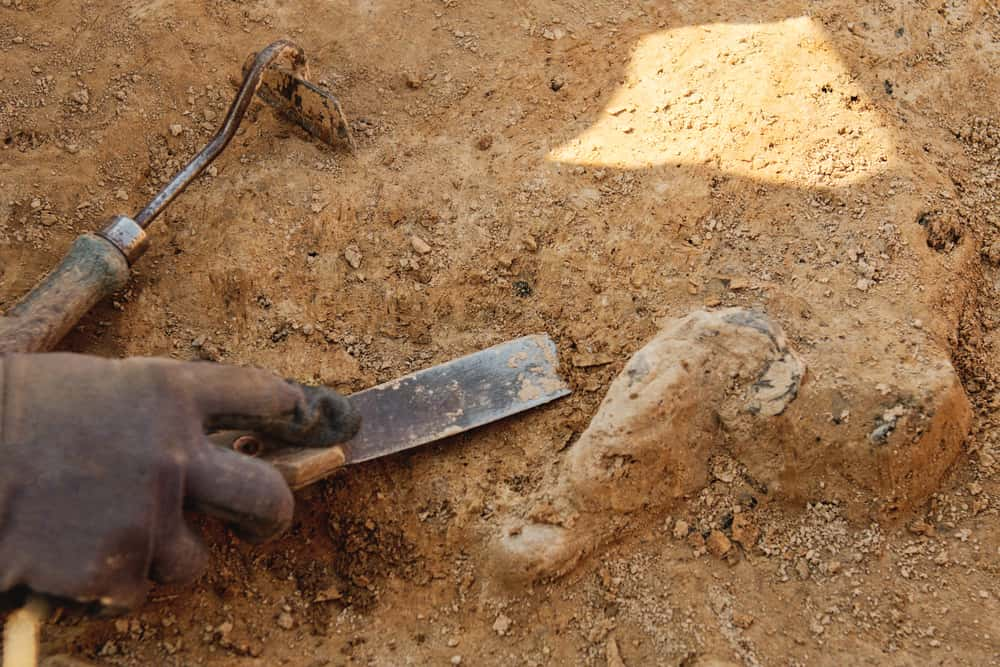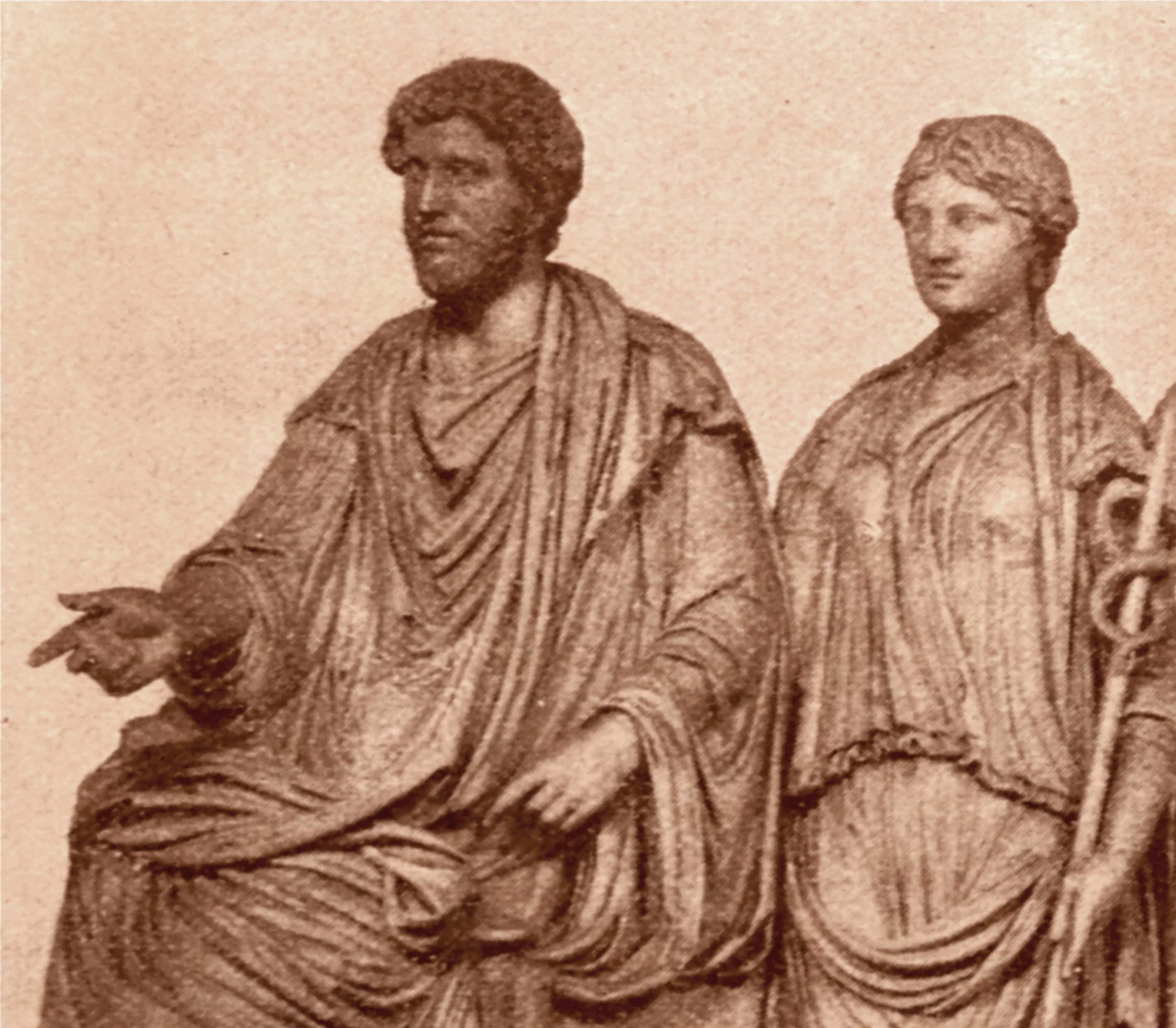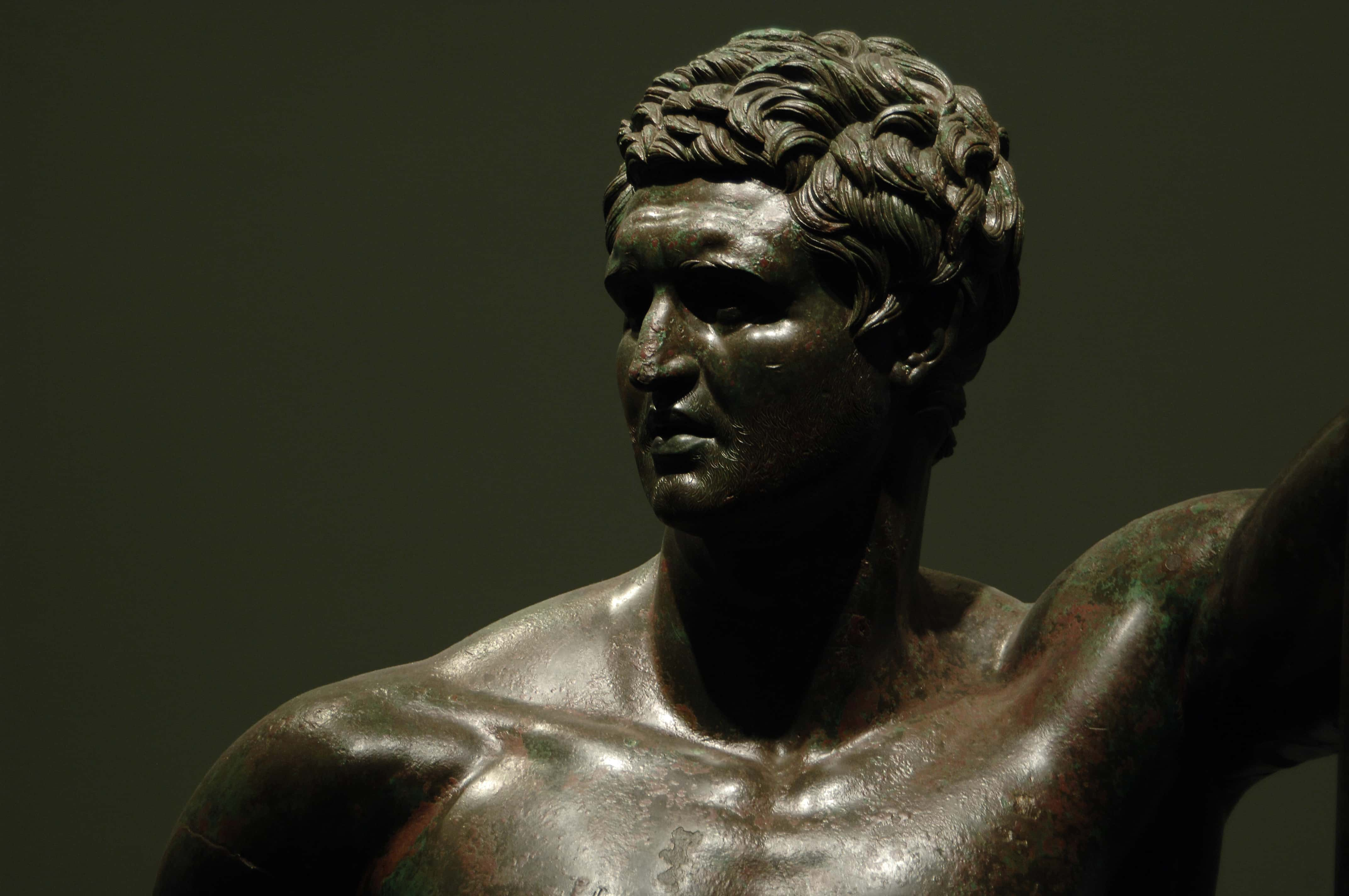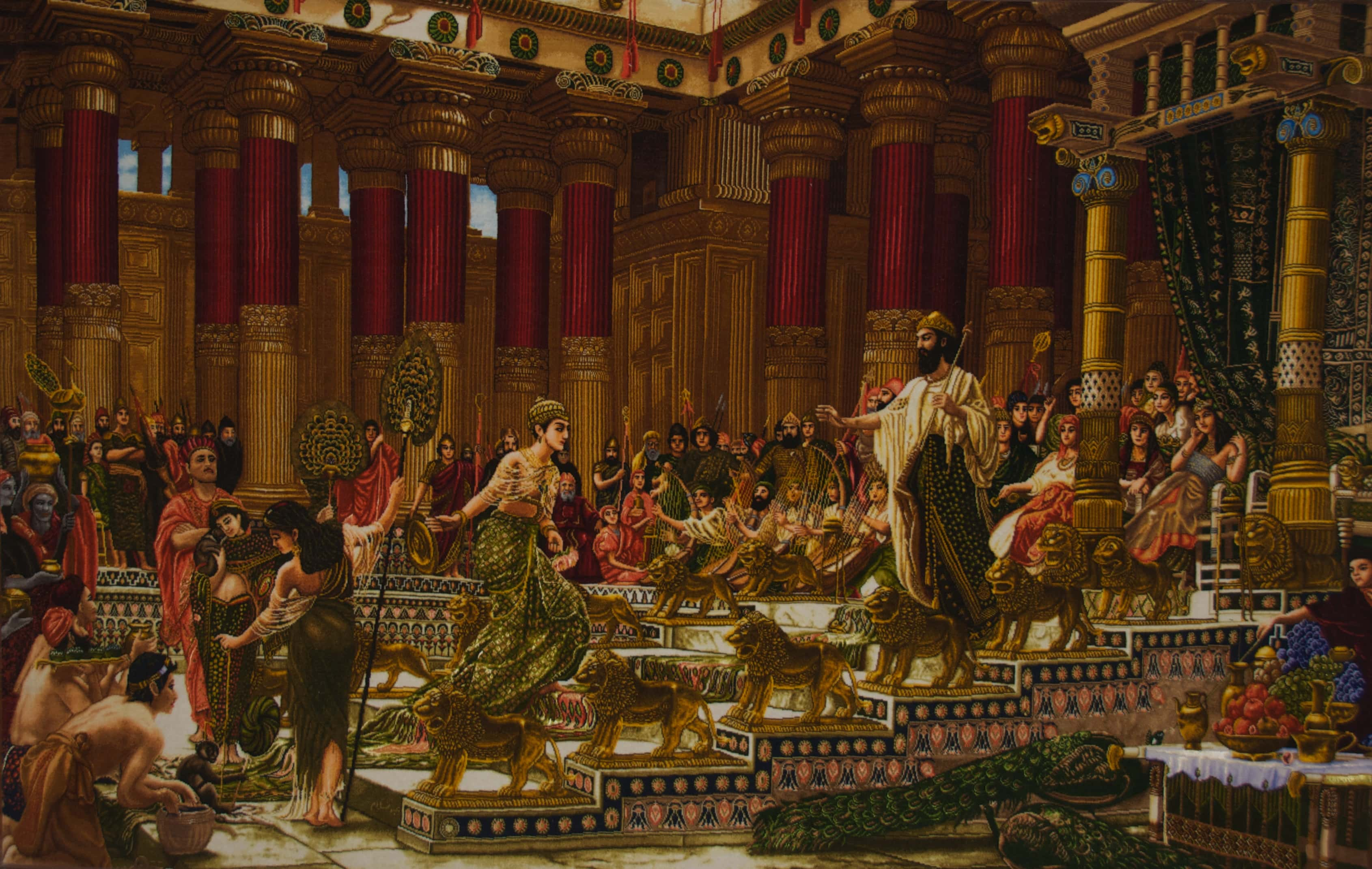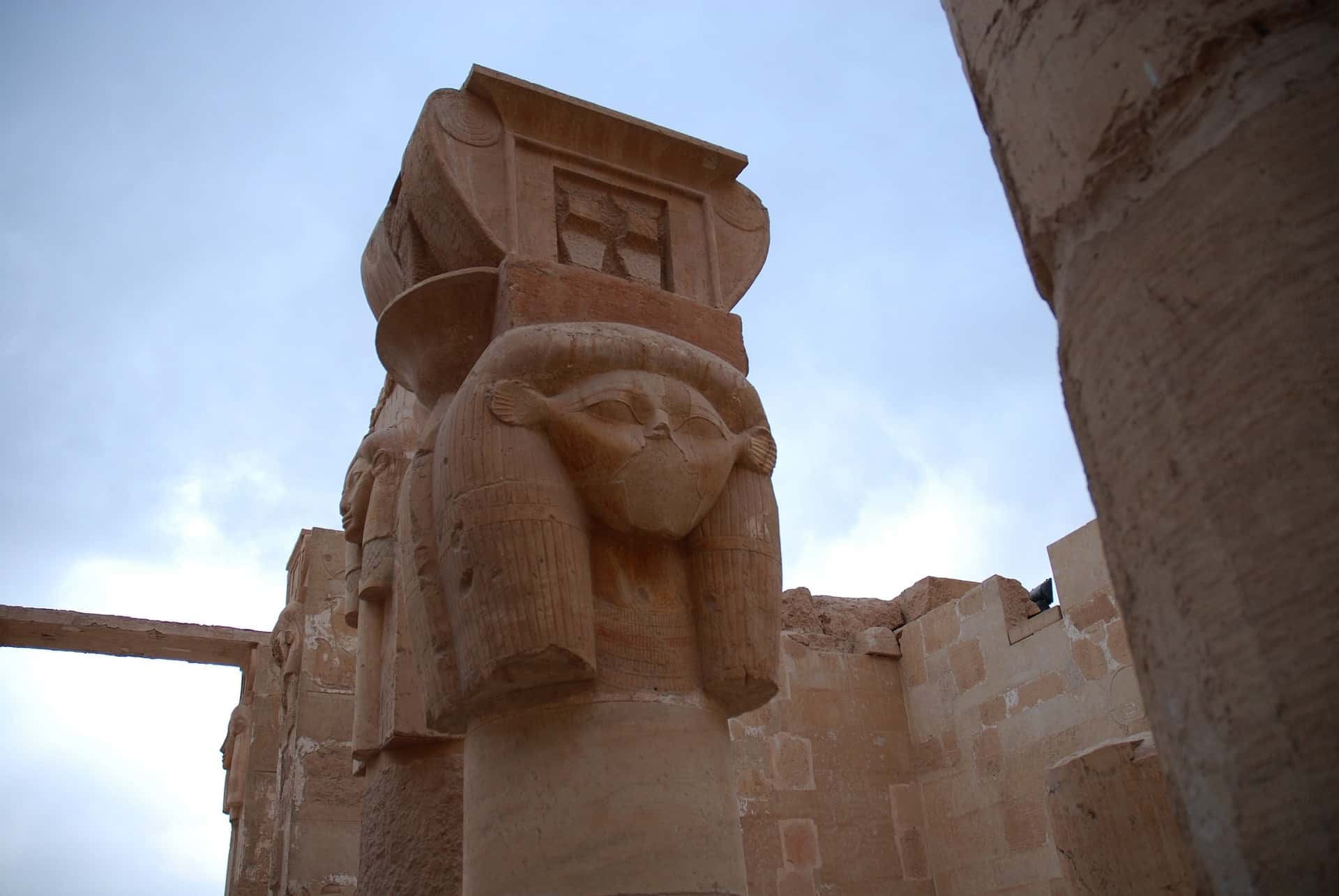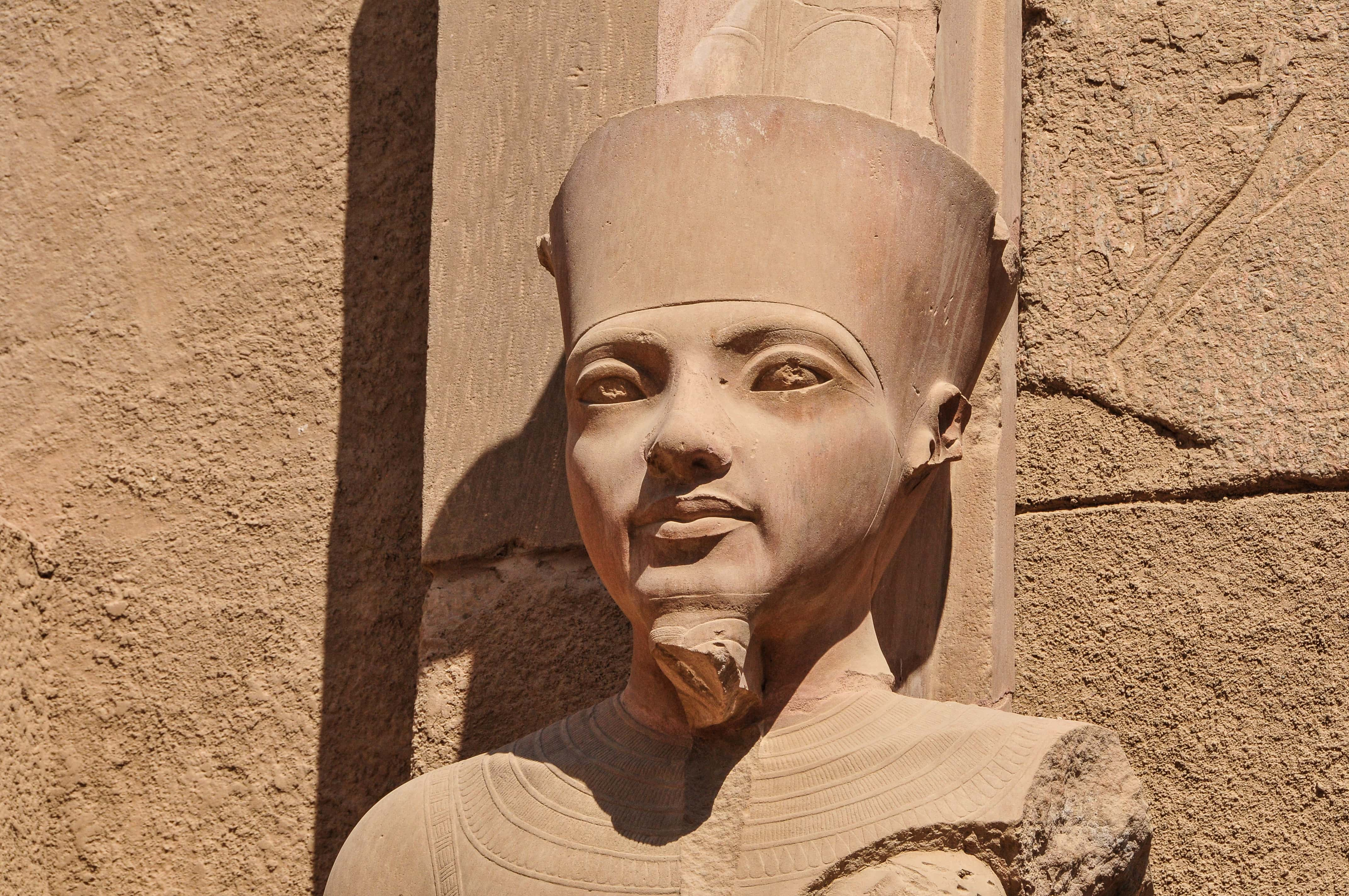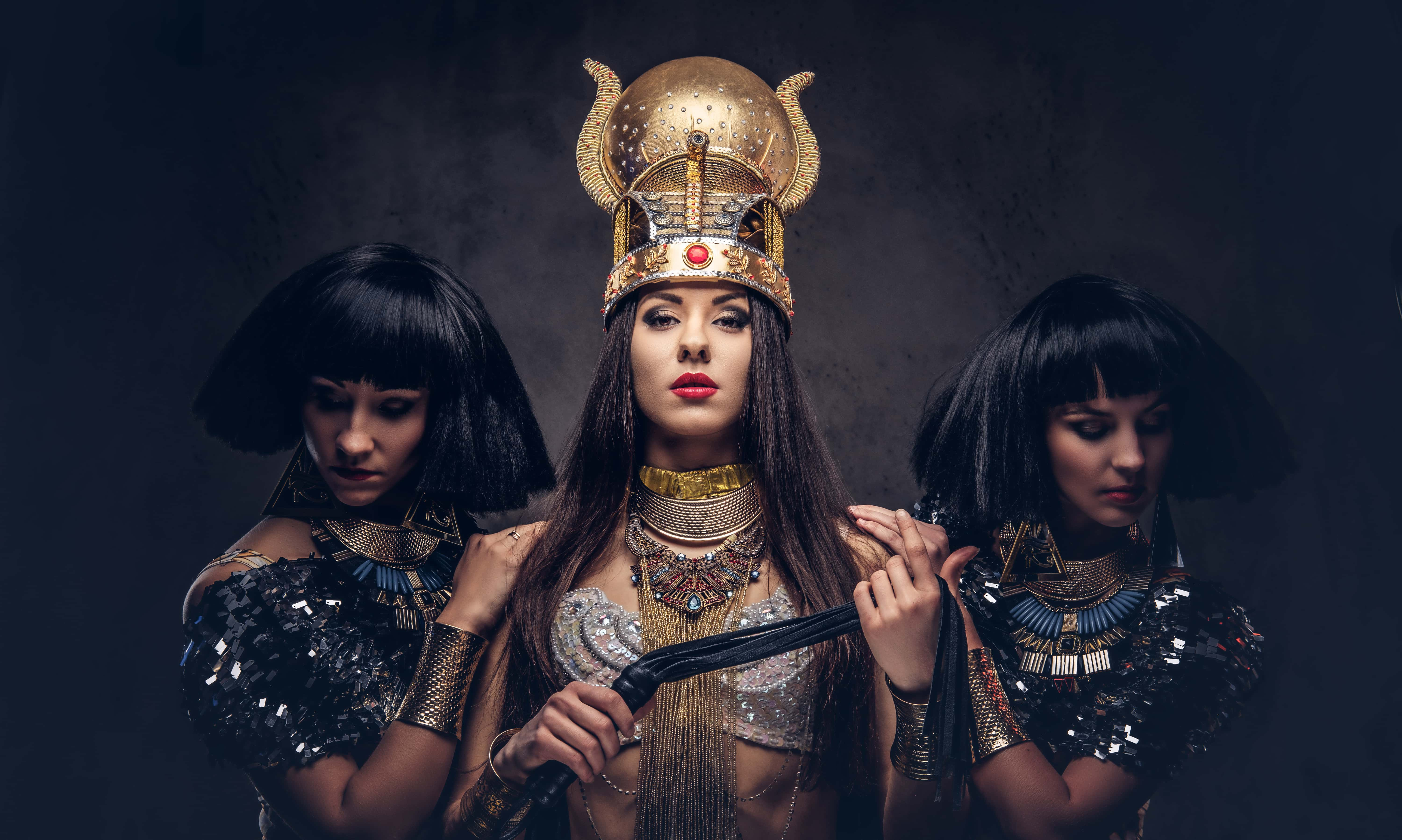Ancient civilizations have captured the imaginations of modern people, leading to entire industries that revolve around rediscovering their lost secrets. Perhaps the combination of mysterious primitive customs juxtaposed with our many surprising similarities is what drives us to discover where we have been, which may even give us insight into where we are heading as a species. Here are some of the most fascinating and bizarre facts about ancient civilizations.
Ancient Civilizations Facts
1. Ancient Income Gap
Ancient Rome in 150 CE had less income inequality than the United States does today.
2. Too Sexy For My Tweezers
In ancient Greece, the unibrow was a sign of intelligence and great beauty in women. Some women who didn't have epic unibrows naturally used makeup to draw one on.
3. Let the Music-Master Be the First to Play
The inventor of the Brazen Bull, Perilaus of Athens, was tricked into being its first victim. The Brazen Bull was a hollow statue of a brass bull. Once the man was locked inside the bull, Greek executioners would light a fire beneath. As the man was scorched to death, his screams would be amplified by a system of tubes to sound like the roar of a bull.
Phalaris, a ruler in ancient Greece, didn’t exactly like Perilaus’ invention. He challenged the functionality of Perilaus's invention and insisted on testing it to see if the pipes would transmit the sound. Perilaus climbed inside the bull, Phalaris closed the door behind him, and set a fire underneath it, telling him: "Receive the due reward of your wondrous art: let the music-master be the first to play." Perilaus was removed from the Bull before he died. He was then thrown off a cliff.
4. Owen Wilson for Emperor!
In ancient Rome, it was considered a sign of leadership to have a crooked nose.
5. Glamorous in Red
The glamour associated with the Red Carpet dates back to ancient Greece. The play Agamemnon mentions a “Crimson Path” that signified stature, as it was luxury fit only for the gods.
6. Hey, Good Looking
Mayans believed that having crossed-eyes meant you were favored by their sun god Kinich Ahau, who was also cross-eyed. Children would have objects dangled between their eyes in the hopes that it would artificially cross their eyes permanently.
7. Cutting It Close
Ling Chi or death by a thousand cuts was used as a form of execution in ancient China. The executioner uses a knife to remove small pieces of the victim's body, eventually resulting in death. Executioners would test their skills by trying to prolong the torture for as long as possible. Seriously, cut it out.
8. Anatomically Correct
Ancient Egyptian doctors had specialties, often focusing on one part of the human body. Dentists were known as “doctors of the tooth,” while the term for proctologists literally translates to “shepherd of the anus.” We don't want any part of that Shepherd’s Pie.
9. Smells Fishy
By today's standards, a big nose isn't desirable, but the Mayans thought a large nose was the peak of beauty. Mayan citizens with smaller noses would wear prosthetic noses made of clay over their own to give their nose the right shape and size.

Sign up to our newsletter.
History’s most fascinating stories and darkest secrets, delivered to your inbox daily. Making distraction rewarding since 2017.
10. Enslavement Engagement?
Most Ancient Romans avoided being cruel to their slaves. Just like modern employers, they used bonuses to improve productivity.
11. Sacrifices Must Be Made
Mayans performed ritualistic human sacrifices for a number of reasons, ranging from religious to medical ceremonies. It was considered an honor to be sacrificed, and the sacrificing was usually done by cutting just under the ribs and removing the still-beating heart.
12. Who You Calling Ancient, Bro?
We live closer to the peak of the Roman Empire than the people living at that time did to the construction of the Pyramids of Giza. The Pyramids were built from 2550 to 2490 BC, and the height of the Roman Empire is considered to be 117AD. That's 2,607 years apart.
17. Ancient Botulism
In 2012, divers discovered a 2,000-year-old Roman shipwreck that was so well preserved that even the food was intact in its storage jars. Were there any flamingo tongues left?
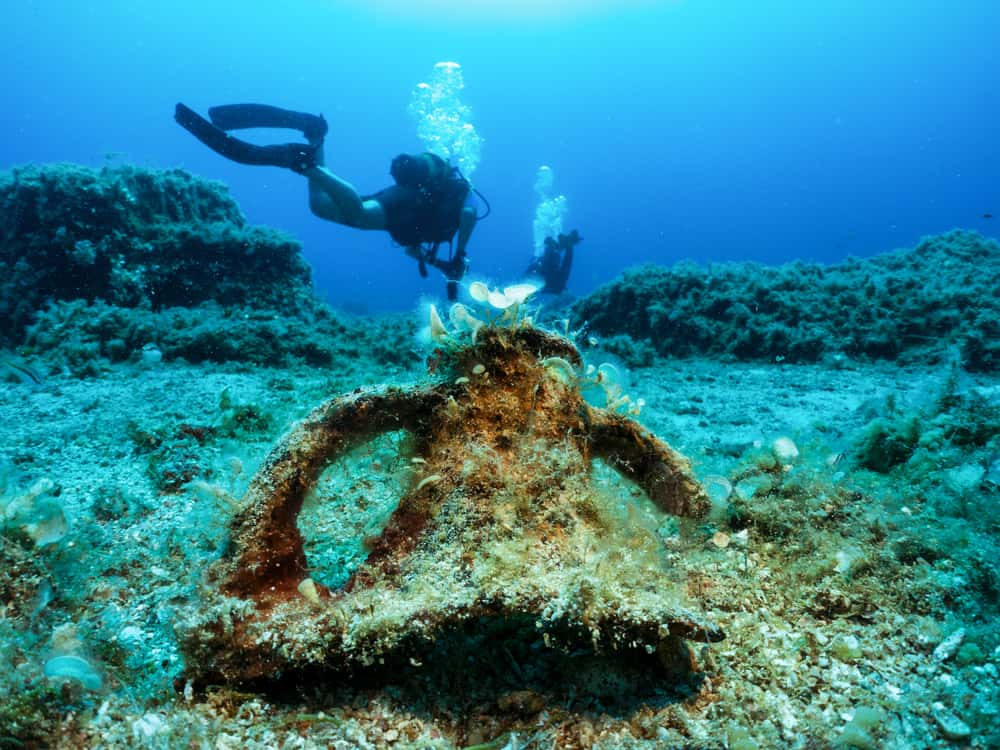 Shutterstock
Shutterstock
15. Ancient AC
Ancient Romans ran cold aqueduct water in pipes through their houses in an early form of air conditioning. These aqueducts also supplied water for public baths, latrines, fountains, and private households. Wastewater was removed by the sewage systems and released into nearby bodies of water, keeping the towns clean. No wonder Mario the Plumber was Italian.
15. Play Ball
Games involving balls have been around for ages, and Mayans are no different. Mayans had a game where a ball had to be hit through a hoop, similar to basketball. The only catch was you couldn't use your hands and feet, only your body. These games often ended in human sacrifice. Since being sacrificed was considered an honor, it's unsure whether the winners or losers were sacrificed.
16. Hot In Here
Mayans were among the first cultures to use saunas. Saunas were used by Mayans for healing purposes and were hated by the Spanish Conquistadore,s who were against any form of sanitation at the time.
17. The Writing’s on the Wall
The most important form of Egyptian writing was hieroglyphics. These logographic scripts were considered sacred and were not, contrary to popular belief, a comic book about King Tut and his cat Sphinxy.
18. Location, Location, Location
Sudan has more pyramids than Egypt. We guess those ancient aliens liked Sudan more.
19. Anhotep Was Here
Egyptian builders often left graffiti behind near the monuments suggesting that their work crews had humorous names like the “Drunkards of Menkaure” or the “Friends of Khufu.” Might be one of those "you had to be there" jokes.
20. City Life
The Mayan city of Mirador was one of the greatest cities ever built in pre-Columbian America. The city was built around a set of three Mayan pyramids. The largest of these three pyramids, La Danta has a peak that is taller than that of Khufu, the tallest of the Great Egyptian Pyramids. La Danta is now hidden away under a thick canopy, and not accessible to tourists like the Great Pyramids are.
21. Big Time
The Mayan city of Tikal was the largest of any Mayan city, spanning over 124 square kilometers. Tikal was abandoned like many other great Mayan cities during the second Mayan collapse.
22. Head Ache
Mayans used hieroglyphs, similar to the Egyptians, to write. Mayan hieroglyphs were one of the most complex systems on Earth. Despite their complexity, historians have been able to decipher most of the symbols.
23. The end of an empire
Experts in the Mayan history simply do not have enough solid information to state with clear-cut certainty how the Maya civilization ended. The downfall of the ancient Maya was likely caused by some combination of famine, drought, and change in the environment brought on by deforestation for farmland. This likely caused neighboring cities to turn on each other causing civil strife. It took over 200 years for the civilization to fail completely.
24. Worth Your Salt?
If you're a numismatist—that is, a coin collector—you already know that the ancient Romans had a currency system with coins, many of which have been preserved and can be seen in museums and at coin auctions today! But one form of currency whose value has certainly dissolved over time? That would be salt. In fact, the ancient Greeks and Romans often bought slaves with salt.
Salt not only served to flavor and preserve food but also made a good antiseptic, which is why the Roman word for these salubrious crystals (“sal”) is a first cousin to Salus, the goddess of health.
25. Strike One
Ancient Egyptian workers were not afraid to protest for better working conditions. The most famous was during the reign of Ramses III, when laborers building the royal necropolis did not receive their usual payment of grain. They organized one of the first recorded strikes in history.
26. Gone But Not Forgotten
The Mayans were not completely wiped out. Many people of Mayan ancestry still live in South America, and some have migrated to other parts of the world.
27. God Of Death
Many present-day Mayans still live a traditional Mayan life, including ritualistic sacrifice. Since sacrificing humans is taboo now, the Mayans now sacrifice animals to their gods. Definitely not vegan.
28. Fork Me
The Heretic Forks were a two-pronged, double-sided fork with a collar strapped to the middle. The collar was placed around a victim's neck, with one end of the fork pressed under the chin, and the other above the collarbone. The torture forced the victim to keep their chin up, or risk piercing their chin and throat. It was only removed when the wearer spoke the words "I recant." We even recant just thinking about it!
29. What’s Mine is Mine
Egyptian couples were known to negotiate ancient prenuptial agreements. These contracts listed all the assets a woman brought into the marriage and guaranteed she would be compensated for it in the event of a divorce.
30. The Long Paw of the Law
Ancient Egyptians police officers were known to have trained dogs and monkeys assist them when they were out on patrol. We smell a sitcom.
31. A Periodic Break
In Ancient Egypt, men could take time off of work to care for menstruating wives and daughters.
32. We Heart Mummies
When a body was mummified the brain was literally scrambled and removed through one of its nostrils, and each organ was placed in its own canopic jar. The only internal organ that was not removed was the heart as it was considered to be the seat of the soul.
33. The Opposite of Will Power.
The ancient Greeks had a word, akrasia, which described the lack of will that prevents us from doing something that we know is good for us.
 Shutterstock
Shutterstock
34. Take a Lap
In ancient Greece, there was a system where citizens could vote to exile a politician for 10 years. If only we had this system...
35. Namesake
Mayan children were named after the day of the year they were born. Each day in a Mayan calendar year had a different name, so it’s not like there were a bunch of Mondays running around.
36. Cats And Dogs (And Snakes)
The Romans devised of Poena Cullei to deal with those committing parricide (killing their parents). The criminal was sewn into a leather sack with several wild animals, often dogs, cats, snakes, and even monkeys, then thrown into a body of water. Eventually, the method fell out of practice, but was revived several times throughout history, each time with a specific list of animals to be thrown in the sack.
37. One Drachma for an Amphora? Sold!
The first vending machine was invented in ancient Greece. Thank you, Greece. Your contribution won’t be forgotten.
38. Animal House
In addition to cats, Egyptians also had a reverence for hawks, ibises, dogs, lions, and baboons. These animals had a special place in the Egyptian home and were often mummified and buried with their owners after death.
39. The First, Not the Longest
Ancient Greek democracy, which was the world's first democratic government, lasted for only 185 years before giving way to tyrannical rule.
40. This is Sparta!
Ancient Athenian boys went to school at the age of 7. At the same age, soldiers took Spartan boys from their mothers, housed them in a dormitory with other boys and trained them as soldiers. Spartan men were not allowed to live with their families until they left their active military service at age 30.
41. Book Worms
Mayans were among the first to record history in books. The books they used were screen-folds, similar to folded up posters you find in magazines in the present day. The pages for these books were made with the inner bark of wild fig trees.
42. Burning Books
After the Spanish Conquistadors successful campaign against the Mayans, the majority of their books were destroyed. It's thought that Mayans had collectively written over 10,000 books. Today, only a hand full remain.
43. Math Matters
Mayans made many strides in the world of abstract math. Their vigesimal math system is a base 20 system (vs our base 10) and it allowed them to make their now-famous calendar.
44. Ouch.
In ancient Greece, “Figging” was the insertion of the skinned ginger root into the anus or vagina to cause an intolerable burning sensation and discomfort.
45. Row Your Own Darn Boat
Roman warships were not rowed by slaves. In almost all movie portrayals of Roman warships, slaves row the galleys, often under that watchful eye of whip-holding masters. In truth, it was believed that only free Roman citizens had a duty to fight for the state. This excluded the use of slaves as rowers. In the handful of exceptional times when slaves were admitted to the armed forces, they were either freed before enlistment or promised manumission if they fought well. It's literally the least the Romans could've done...
46. A Royal Proclamation
Granite blocks used for the King’s chamber of the Great Pyramid weighed as much as 60-80 tons each and were quarried nearly 500 miles away. The exact way the massive blocks were moved is unknown. Egyptologists think the massive blocks were floated down the Nile river as much as possible. Legend says that there were some Egyptians who were so devoted to the King that they would walk 500 miles, and they would have walked 500 more, just to be the man to bring the King a block to build a lovely door.
47. Thank You. Sincerely, Tiffany’s.
The tradition of exchanging wedding rings goes back to Ancient Egyptian times.
48. We’re Blushing
Both men and women in ancient Egypt were known to wear copious amounts of makeup which they believed gave them the protection of the gods Horus and Ra. They believed that the makeup had magical healing powers. In fact, the research did show that the lead-based cosmetics worn along the Nile helped stave off eye infections.
49. Bling Bling
Mayans loved jewelry. Though many materials were used to fashion their jewelry out of, the Mayans had a special place in their hearts for Gold and Jade. Who doesn't?
50. Pyramid Scheme
The Great Pyramid of Giza has 8 sides, not 4, distinguishing it from other pyramids. The concavity of the sides was so subtle that it wasn’t noticed until the advent of aviation.
51. Riddle Me This
The Sphinx of Giza is one of the largest single-stone statues in the world, and to this day, nobody knows exactly who built it or why. She is also missing her nose, and while there are theories, it is unknown exactly how that happened. Our theory is that she sneezed too hard during a sandstorm.
52. Say Yes to the Dress
The world’s oldest dress was found in Egypt and it is 5,000 years old. Even back then, people were probably arguing over if it was blue and black or white and gold.
53. Planting a Flag
On the border between Egypt and Sudan, there is an area of land 795 miles square, called Bir Tawil, that neither country has claimed. Be right back. We’re off to claim it in the name of Factinate.
54. City Planner
Mayan cities expanded haphazardly, upward and outward. Buildings were built over top of existing buildings, and very little planning went into the building and layout of their cities. The only buildings that were planned in advance in Mayan cities were their pyramids, palaces, and ceremonial ball-courts. These buildings were aligned with the stars, and allowed for stargazing.
55. Star-ter Pack
Mayans were obsessive astronomers, and astronomy used as a calendar, with the appearance of certain constellations or planets triggering the start of the planting season. This job was held by astronomer-priests who held a great deal of power since they could essentially "predict" the future.
56. Godly
Mayans were all about that astronomy life, and firmly believed that the stars and the moon were gods. Celestial events were considered communication with these gods, and the actions of the civilization were directly tied to celestial movements.
57. Over Their Heads
The lost Egyptian city of Heracleion was found after 1,200 years under the sea. Being submerged 30 feet underwater probably did a real number on property values.
58. Sail Away
Egypt invented the first sailing boats used to transports people and goods up and down the Nile. This perhaps the most widely used and important transportation system in Ancient Egypt.
59. On Board
Ancient Egyptians loved board games, one of the most popular being a game of chance known as “Senet.” Historians are a little shaky on what the rules of that game were, but there was no doubt it was popular, with paintings depicting Queen Nefertiti playing the game, and King Tut was buried with a Senet board.
60. The End of Curiosity
In Ancient Egypt cats were worshiped and killing a cat, even accidentally, was punishable by death. Does that mean they would apply the death penalty nine times?
61. A Close Shave
Ancient Egyptians would shave off their eyebrows in order to mourn the death of their cats. Cats were even mummified so they could live on in the afterlife.
62. Turning Wine Into Water
Drinking undiluted wine in ancient Greece was a major faux pas, enough to characterize the drinker as a drunkard and someone who lacked restraint and principle. Wine was usually mixed with water, at a ratio of 3:1. Stronger mixes were rarely used, sometimes orgiastic revelry and rare celebratory occasions.
63. From the Earth to the Sky
The myth of the griffin, which was hugely popular in Greek mythology, likely began when fossils of Protoceratops skulls were found in gold mines near ancient Greece. There’s also evidence of griffins described in Egyptian and Persian mythology, and historians have suggested that similar fossils may have been unearthed in the Gobi Desert and the Nile Delta.
64. Nazi-lympics
Many of the emblems that we associate with the Olympics didn't come from ancient Greece. Nazi propagandists invented the Olympic Torch relay to tie the Third Reich to the glory of ancient Greece. It was also Hitler's Nazi propaganda machine that popularized the five interlocking rings that symbolize the Games.
65. Did Aristotle Flip Off Socrates?
The middle finger originated in ancient Greece.
66. Keep It in the Family
Ancient Egyptian King Tutankhamun, or as he is more affectionately known, King Tut, died at the tender age of 18. Some researchers believe he died from genetic disease due to the fact his parents were brother and sister. Ancient Egypt was into Game of Thrones before it was cool.
67. Hungry Hungry Hippo
Because the body of Tut didn’t include his heart or chest wall, a drastic departure from typical Egyptian embalming practices, other researchers believe that King Tut may have died after a horrific injury, of which one possibility was that he was eaten by a hippo.
King Tut's golden sarcophagus
68. This Wooden Piggy
The world’s oldest prosthetic limb belongs to an Egyptian woman who, in approximately 1000 BCE, was outfitted with a wooden toe.
69. Tyrion is Pleased
The ancient Egyptians had very high regard for dwarves and did not see them as having a physical handicap.
Seneb, overseer of palace dwarves, and his wife
70. It’s All Greek to Me
In the dynasty of Greek rulers of Egypt, Cleopatra was the first who could speak Egyptian.
71. Sweet Relief
In order to keep flies from landing on him, Pepi II of Egypt surrounded himself with naked slaves whose bodies were smeared with honey. Pepi II was a bit of a dick.
72. Bundle of Joy
Traces of nicotine and cocaine were found in Egyptian mummies.
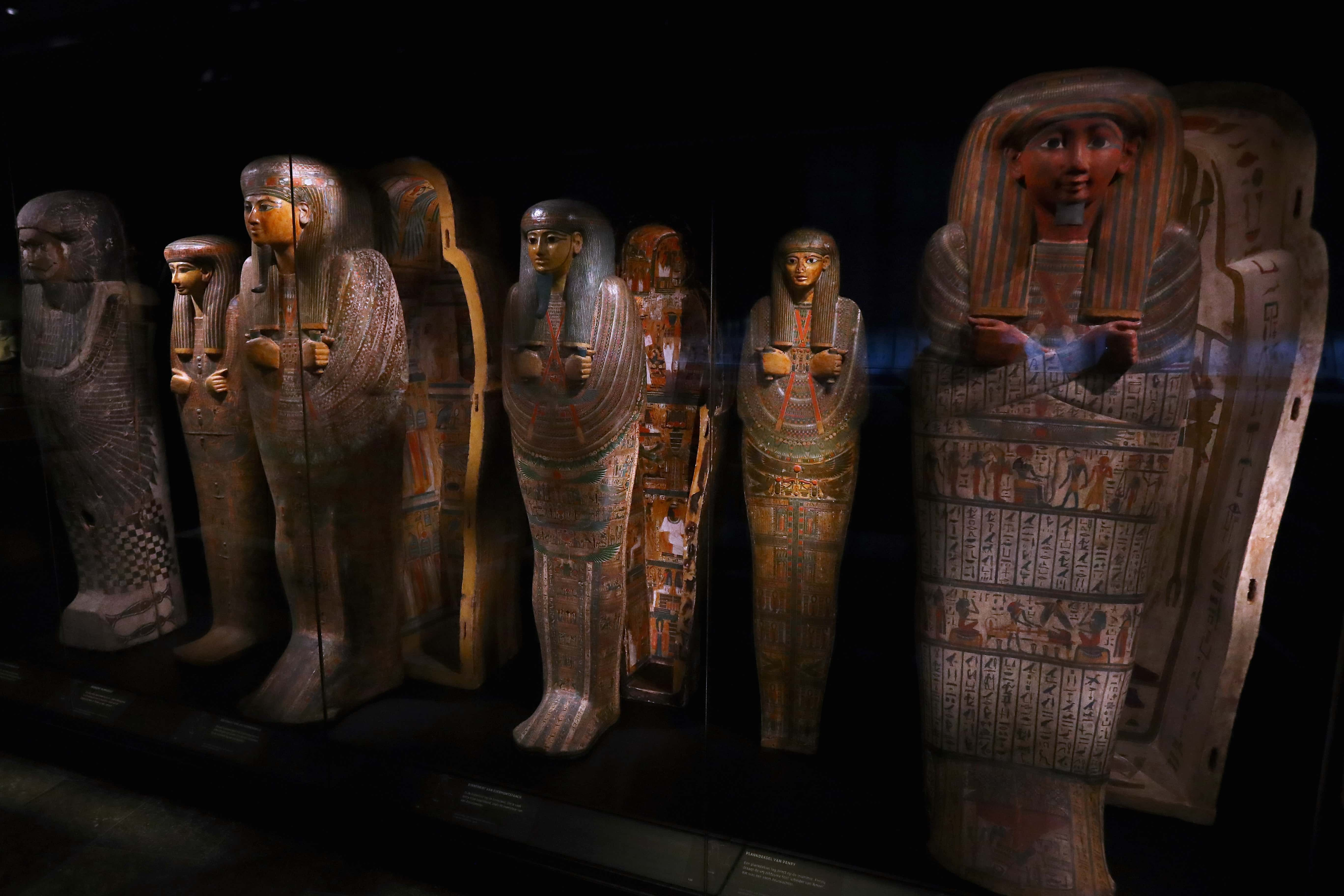 Getty Images
Getty Images
73. Peace Out
The ancient Egyptians and the Hittite Empire were the signatories of one of the earliest surviving peace accords, a copy of which can be seen above the entrance to the United Nations Security Council Chamber in New York.
74. In One Ear…
One ancient Egyptian cure for blindness was to pour mashed-up pig’s eye into the patient’s ear. Luckily, patients who received this treatment couldn’t see the mess it made.
75. Added Benefit: Looks Cool
Spiked dog collars were invented in ancient Greece. Sheepdogs on farms wore spiked collars, called melium, to protect their necks from wolf bites as they defended flocks of sheep.
76. Beans, Beans, the Magical Fruit
“Spill the beans” came from ancient Greece where they would vote using beans.
77. Easy Breezy, Literally
In ancient Greece, people used to go to the gym naked. In fact, the word “gymnasium” means “school for naked exercise.” At most modern gyms, you will be banned for this.
78. Fame and Glory
The Temple of Artemis, one of the Seven Wonders of the World, was burned down by an arson who wished to be famous for his crime. Following his execution, the ancient Greeks made it a capital offense to mention his name. But the jokes on the Greek lawmakers because his name was Herostratus, and in 2017, he has a pretty solid Wikipedia page, which is pretty much the secret to immortality.
79. Crap to the Future
Ancient Egyptians practiced scatomancy, the act of telling the future through someone’s feces. Well, if there’s anyone who can tell us about the future, it’s Doc Brown. We’ll see ourselves out.
80. Gender Studies
Inscribed pottery from the Middle Kingdom of Ancient Egypt lists 3 human genders. Seems like Egypt was way ahead of the curve when it came to their transgendered bathroom policies.
81. He Who Does the Crime Must Do The Time
If you were found guilty of adultery in ancient Greece, the husband of the woman with whom you committed the crime had the right to sodomize you with radishes.
82. Beauty Standards
Mayans had many strange beauty standards that required body modification. One such practice was flattening the forehead by placing a plank of wood on a child's forehead over a long period of time.
83. Time for S’Mores
Ancient Egyptians were the first people to make a sweet treat from the marshmallow plant, combining its sap with nuts and honey.
84. Man of the House
The term pharaoh translates to “great house” and originally referred to the royal palace where the pharaohs lived. Eventually, it became the designation for the ruler of Egypt.
85. Bloodsport or Speed?
Despite what Hollywood movies may have led us to believe, gladiatorial fighting wasn’t the most popular form of entertainment—although it was likely still the most bloody and barbaric. Modern archaeologists estimate that the Colosseum could accommodate 50,000 people, which, for perspective, is just a bit less than the capacity of Yankee Stadium.
This means that the Colosseum was dwarfed by the Circus Maximus, where 250,000 Romans could gather to watch chariot racing. That's more than twice as large as the biggest soccer stadium in the world, Rungrado May Day Stadium in Pyongyang, North Korea. Perhaps one of the reasons why chariot races were attended in such large numbers is because it was one of the few sports where women were allowed to join the audience as spectators.
Although chariot racing was less bluntly violent than gladiatorial combat, it was still incredibly dangerous for both horses and riders. The easiest way to get rid of opponents was, of course, to drive them into the median, creating a spectacular accident. As riders tied the reins around their waists, when anything at all went wrong, they would be dragged along by the horses until they could free themselves—that is, if they could free themselves.
86. Live Long and Prosper
As was the case in many ancient civilizations, most people weren't exactly just waiting out the years to retire at 65. Life expectancy in ancient Rome was only 20 to 30 years—but they didn’t all die young. The average life expectancy at the time was skewed by the large number of women who died giving birth, and by high infant mortality. If a Roman made it to maturity, they were likely to live as long as people in the modern Western world.
Statue of Marcus Aurelius, a Roman emperor who live to age 59.
87. Size Matters
It may be one of the most well known, but the Roman Empire was not actually the largest empire in history. Concentrated as it was in a relatively small area, at its peak, the Roman Empire comprised of five million square kilometers (1.93 million square miles), whereas the British Empire covered 35.5 million square kilometers (13.71 million square miles). That puts it at #25 on the list if we're measuring by land size.
If we're going by population size, the largest empire was the Achaemenid Empire, AKA the Persian Empire. In 480BC, at its peak, it accounted for 44% of the world's population, whereas Rome only ever got to around 20%. At its peak, the Roman Empire had between 50 and 90 million inhabitants. That's nothing to sneeze at!
88. Is There a Doctor in the House?
Mayans were thought to have excellent medical practices that ranged from general medicine men to specialists for childbirth, bone setting, and even dentistry. These doctors not only cured diseases but sometimes were paid to cause and spread them.
89. Undercover Boss, Ancient Rome Edition
If you were an ancient Roman with a penchant for letting loose, the event you looked forward to all year was a festival called the "Saturnalia," held in honor of, you guessed it, the Roman god Saturn. It was an all-encompassing six-day mega-party, where all members of Roman society would have a chance to participate in a variety of activities, including feasts, exchanges of gifts, gambling, parties, and an overall atmosphere of celebration that was generally contrary to how most Romans would live day-to-day.
In fact, the normal social order was suspended to the point where slaves would be treated to a banquet of the kind usually enjoyed by their masters. And if you think that's wild, another essential part of the Saturnalia? Well, according to some, it was human sacrifice. It was actually more of a ritual offering of dead gladiators who had perished in the ring to the god Saturn.
90. Idiocracy
In ancient Greek, the word "idiot" meant anyone who didn't participate in politics.
91. Praying for a Good Poop
The inhabitants of ancient Rome had a sewer goddess, a toilet god, and a god of excrement. The gods were said to frequent the latrine in large numbers and excrement was regarded as the food of the dead.
92. Gotta Get Dirty to Get Clean
The ancient Romans did NOT have Tide or Crest, in case you were wondering. What was used to wash clothing in ancient Rome? Urine, of course. The Romans also used it to whiten their teeth. I'll pass, thanks.
93. Under Wraps
A pharaoh would never let his hair be seen and always wore a crown or a headdress called a nemes. As a result, pharaohs never had a bad hair day.
94. Put a Filter On It, Ancient Egypt Edition
Even though her sarcophagus depicted her as slender and athletic, the legendary Queen Hatshepsut, who lived in 15th century BCE, was said to be likely obese and bald.
95. Planned Parenthood
The Egyptian Kahun Papyrus (1850 BCE) suggested using crocodile feces either as a contraceptive or as an abortion drug. We’re not doctors, but we’re sure that smearing yourself in poop would deter anyone from wanting to have a baby with you.
96. Darn Those Christian Atheists…
Early Christians were called "atheists" by Romans because they didn't pay tribute to pagan gods. The early church was also considered cannibals because they "ate" of the body of Christ and "drank" his blood. It got to a point where they actually had to invite Roman authorities to communion so that they could see they weren’t actually cannibals.
97. Egypt by Calvin Klein
Both sexes also wore perfumes made from oil, myrrh, and cinnamon. Given the likelihood that hygiene standards weren’t as high as modern-day, this is probably a good thing.
98. All in Favor of the Free Carrots Bill?
The Roman Emperor Gaius Caligula made his horse a senator. Caligula also allegedly committed incest with his sisters, fed prisoners to wild beasts and had conversations with the moon.
99. 100 Uses For Gladiator Fluids
Somehow, even though ancient Romans had scores of gods to worship, they also found time to venerate the gladiators whose spectacles they would watch at the Colosseum. Like ancient Beliebers or Little Monsters, Roman women took their fandom very seriously: they were known to wear the sweat of gladiators. Wild, right? Well, it had a purpose. It was said to improve their beauty and complexion. Romans also used to drink gladiator blood because they thought that the blood of these strong and fierce beings had the power to cure epilepsy. Waste not, want not!
100. The More the Merrier
Unsurprisingly, considering how ancient Romans had multiple gods that had to do with sewers and poop, toilet etiquette was also pretty important to them as well. Ancient Romans used a sponge on a stick called a “spongia” to clean themselves after pooping. Public facilities had a long marble bench with holes on top—for the obvious thing—and holes at the front, to hold the sponge-sticks.
There were no doors or dividing walls. You sat right next to your friend and did what you had to do. Once you had done your business, you would rinse the spongia in the channel of running water at your feet and – without standing up or revealing anything –push the spongia through the hole at the front, give your bottom a solid wipe, rinse off the spongia… and leave it in a basin for the next person to use. Sharing is caring, people!
101. Extraordinary Structures
Amazingly, two Roman dams built in Spain are still in use after 1,900 years. These dams are noteworthy for their extraordinary height, which remained unsurpassed anywhere in the world until the Late Middle Ages. Guess I could use a lesson from the Romans—the last piece of Ikea furniture I built lasted four days.
102. Now That's Entertainment
In the first century AD, polar bears fought seals in Roman amphitheaters flooded with water. Ain't no party like a Roman party because a Roman party has entertainment like THAT!
103. Secret Recipe
After the fall of the Roman Empire, the technology to make concrete was lost for 1,000 years. In fact, Ancient Roman concrete has withstood attacks by elements for over 2,000 years, which is considerably longer than the lifetime of most modern concrete structures. I'd rather look at the Colosseum than an ugly concrete high rise anyway.
104. Inked
Mayans practiced tattooing, among other forms of body modification. Both Mayan men and women would get tattoos, but men would often wait until after they were married, and would tattoo their arms, legs, backs, and faces. Women would get smaller tattoos on their upper body, save their faces and breasts.
105. Sounds Reasonable
If ancient Rome's Colosseum was built today, it would cost about $380 million. Does that include the land it's built on? That's gotta be pretty prime real estate nowadays.
106. Funny Fish
The Salema porgy is a species of fish that can cause hallucinations when eaten. In ancient Rome, it was consumed as a recreational drug. In fact, Salema porgies are regularly eaten without their consumers experiencing hallucinogenic effects, but in 2006, two men were hospitalized in the south of France after consuming them, one of whom was 90 years old. They both claimed to fall “ill” and experience auditory hallucinations along with lucid nightmares for several nights until the “symptoms” finally and mysteriously abated.
Salema porgy.
107. Long Days, Long Hours
Very few Roman hours lasted 60 minutes. Like us, the Romans divided the day into 24 hours. But unlike us, their hours varied in length because the Romans ensured there were always 12 hours of daylight and 12 hours of darkness. Therefore, a daylight hour in high summer was considerably longer than one in midwinter. As long as they didn't have to deal with Daylight Savings Time, it doesn't sound so bad!
108. Grills
Mayan men, and sometimes women, would visit dentists to beautify their smiles with jade. Small holes were drilled into their teeth by skilled dentists, who would then place the semi-precious gems in their teeth and secure it with an adhesive. This practice was not exclusive to any particular class.
109. Chompers
Mayans believed teeth to be an important part of a beautiful appearance, just not the same way we do. Aside from encrusting their teeth with gems, they also sharpened them to a point. Sometimes teeth were filed to specific designs to designate higher classes of individuals.
110. Too Expensive to Die
In ancient Rome, while suicide was socially acceptable at first, it was later deemed a crime against the state due to its economic cost.
111. A Little Bit of a Flooding For a Lot of Fun
In 86 AD, the Colosseum was filled in with water to stage a full naval battle. Cassius Dio, a Roman writer, stated that "Titus suddenly filled this same theatre with water and brought in horses and bulls and some other domesticated animals that had been taught to behave in the liquid element just as on land. He also brought in people on ships, who engaged in a sea-fight there, impersonating the Corcyreans and Corinthians."
It sounds way more high budget and impressive than any historical reenactment I've ever seen!
112. Take that, Ronaldo!
Roman charioteers earned more than even the best-paid footballers and international sports stars of today, according to academic research. One charioteer named Gaius Appuleius Diocles amassed a fortune equivalent to $15 billion USD today.
113. The Lost Legion
Inhabitants of the Chinese town of Liqian have blond hair and white skin. Historians have speculated they are the descendants of a lost Roman settlement. The most common theory is that Liquian features are linked to the legend of the missing army of Roman general Marcus Crassus. Basically, the Parthians massacred most the Roman troops Crassus sent into battle.
10,000 Romans survived and were captured. They were forced to fight for various rulers, and, as the theory goes, they eventually settled in China.
114. Celebs in Cages
Contrary to movies and TV, Roman gladiators rarely fought to the death, or against animals, and were considered celebrities of their time. That’s not to say it was easy being a gladiator. Gladiators did die in combat, many were slaves, and they lived in conditions harsh enough to inspire gladiator rebellions, at least in the case of Spartacus.
Yup, that guy from that movie you had to watch over the course of like four history classes.
115. What Did You Expect From Attila the Hun?
As the story goes, Pope Leo I himself came to meet the famous barbarian leader Attila the Hun and begged him not to sack the city of Rome. Reportedly, Attila was impressed by the Pope’s bravery. Impressed or not, Attila was the scourge of the Eastern part of the Roman Empire. In 435 AD, he extracted a winning deal with the Eastern Roman Emperor Theodosius II.
In exchange for peace, the Romans would remit to him an annual tribute of 700 pounds of gold. A few years later Attila asserted that the Romans had not kept up their end of the bargain. He launched vicious attacks through Eastern Roman territories, forcing a hike in the fee to 2100 pounds of gold per year. Not cool, Attila.
116. Who Needs Walls?
After 800 BCE, the ancient city of Sparta had no walls, quite possibly for the most badass reason of all time. According to one historical source: “The Spartan king Agesilaus simply pointed to his fellow citizens, armed to the teeth, the most formidable soldiers in Greece, and said, ‘Here are the walls of the Spartans.’ ”
Historians have since suggested that the walls were demolished on the orders of Lycurgus to heighten the need for militaristic reform in Sparta. This reason isn’t quite as fun, so we choose to believe the Agesilaus story.
117. Save Your Strength For the Games!
No wars were permitted in the month before the ancient Olympics so that spectators could travel to Olympia unharmed. During The Olympic Truce, legal disputes and the carrying out of death penalties were also forbidden.
118. Lady in Red
In ancient Greece, wearing red lipstick was a sign that you were a person from the prostitute class. Under Greek law, prostitutes who appeared in public without their designated lip paint and other makeup could be punished for improperly posing as ladies.
119. Subway Woes
Cities in Greece sometimes accidentally dig up ancient ruins while trying to build or expand subway systems. The Thessaloniki subway system was significantly delayed when they unearthed something that was described as “beyond archaeologist’s wildest dreams”: a major commercial center from the Byzantine Empire.
120. Arsenic Chaser
Emperors poisoned themselves every day. From the end of the first century AD, Roman emperors had adopted the daily habit of taking a small amount of every known poison in an attempt to gain immunity, a practice called “Mithridatism.” Although effective against some types of poisons, it doesn’t work against all of them, and, depending on the toxin, the practice can lead to the lethal accumulation of poison in the body. Turns out, it’s much easier just to label things "poison" and tell people not to eat them.
121. Did the Punishment Fit the Crime?
Marcus Aurelius (largely known for his philosophy and humanitarianism) faced an interesting gladiator dilemma. His wife Faustina became aroused over one combatant and confessed her passion to her husband. His solution? Faustina was ordered to strip and have sex with the gladiator in question, who was then murdered while on top of her. Afterward, she was obliged to bathe in his blood, do a quick cleanup, and then make love to her husband Marcus.
122. Good Answer
When Alexander the Great took charge of Macedonia’s throne, one of the groups of people who sent envoys of peace were the Celts. According to the later writings of Alexander’s general Ptolemy, the future Pharaoh of Egypt, Alexander drank with the Celtic ambassadors after the formalities were done, and he asked them what the Celts feared most. If Alexander was hoping to hear them say they feared him most, he would have been disappointed—the Celts replied that they only feared that the sky might fall down on their heads.
123. Be Ruthless
Queen Olympias, Alexander the Great's mother, was as cruel as she was beautiful. After she struck down and imprisoned a rival queen, she infamously sent the girl three items: a cup, a rope, and a sword—and then she asked a truly chilling question. The cup was filled with poison, the rope was a noose, and the sword had been sharpened to a deadly point.
All that Olympias wanted to know was: how did the girl wish to die? According to the histories, the girl, named Adea Eurydice, chose to hang herself, though she cursed Olympias to the very end of her life.
124. Laughter of a Madman
Caligula was notorious for his leadership of the Roman Empire. He brought Rome the brink of revolution by wastefully spending and killing anyone who stood in his way. He even deemed himself God and had a statue of himself erected for people to worship. Caligula also had a malevolent sense of humor. Once at a dinner party, he reportedly burst into raucous laughter.
When asked to explain the reason for his mirth, he replied, “I’ve just thought that I’ve only to give the word and you’ll all have your throats cut.” Hilarious, right?! By the time he died, he was so hated that the Senate pushed to have him completely erased from Roman history.
125. That’s So Sweet
King Herod, the tyrant king of Judea, had his wife, Mariamne I, preserved in honey after her death. Mariamne was executed on her husband’s orders, but Herod found her too beautiful to be buried and kept her preserved body for seven years. Some even claimed Herod had er, relations, with the body.
126. Not the Way I Heard It…
In another version of the story, the preserved body was that of a Hasmonean princess who threw herself from a roof rather than marry Herod and fulfill his wish for royal legitimacy.
127. You Get What You Give
Herod suffered from paranoid delusions, rage, and arteriosclerosis, but his death in 4 BCE came at the hands of a mysterious and agonizing illness which modern doctors are still not able to identify. At one point, the pain was so excruciating, the king attempted suicide. The illness came to be known, among the Judean people, as “Herod’s Evil.”
128. A Feud to Make Titus Andronicus Blush
A devoted womanizer, Xerxes, the king of the Achaemenid Dynasty, began an affair with his niece, Artaynte. When Xerxes’s wife heard of the affair, she ordered Artaynte’s mother to be brutally mutilated in revenge (we’ll spare you the gruesome details). When Xerxes’s brother understandably went on the warpath, Xerxes killed said brother, his nephews, and every man who rallied to their cause.
Of course, we have to remember that the source for this story was the Greek Herodotus, whose histories have to be taken with a few grains of salt.
129. That’s a Morbid Loot-Bag…
In 1881, long before discovering Hatshepsut's empty tomb in the Valley of Kings, archaeologists discovered a canopic box at another dig site that contained an embalmed liver, an embalmed stomach, and a single human tooth. The box was inscribed with Hatshepsut’s name. For a long time, those were her only supposed remains.
Until the mystery began to unravel...
130. It’s Her!
In 1903, the tomb known to archaeologists as KV60 was discovered by British archaeologist Howard Carter. Inside this tomb were the remains of two women. The first was believed to be Hatshepsut's nurse, but the other body could not be definitively identified as Hatshepsut herself for a long while after. But then there was a break in the case.
In 2007, a new examination of the second mystery mummy revealed that she was missing a tooth. Remember that canopic box we mentioned above? Its single tooth matched the others in the mummy’s mouth. This proved that the mummy was indeed the monarch formerly known as Hatshepsut, discovered at last.
131. A Mummy’s Autopsy
Thanks to the technology of today, studies on Hatshepsut’s remains have revealed a lot about her probable cause of death. She was likely suffering from diabetes and bone cancer during her final years, the latter of which is likely what caused her death.
132. How Was She Supposed to Know?
Surprisingly, scientists and archaeologists have even determined a possible cause for the bone cancer which ultimately killed this powerful figure in ancient Egyptian history. Hatshepsut seems to have had a skin disease of some sort during her life. Allegedly, Hatshepsut covered the effects of this skin disease with skin lotion, as you do.
However, the lotion proved to be carcinogenic, which caused cancer to develop within her body.
Sources: 1, 2, 3, 4, 5, 6, 7, 8, 9, 10, 11, 12, 13, 14, 15, 16, 17, 18, 19, 20 21, 22, 23, 24, 25, 26, 27, 28, 29, Reddit, 31, 32, 33. . 35. 36, 37, 38, 39, 40, 41, 42






